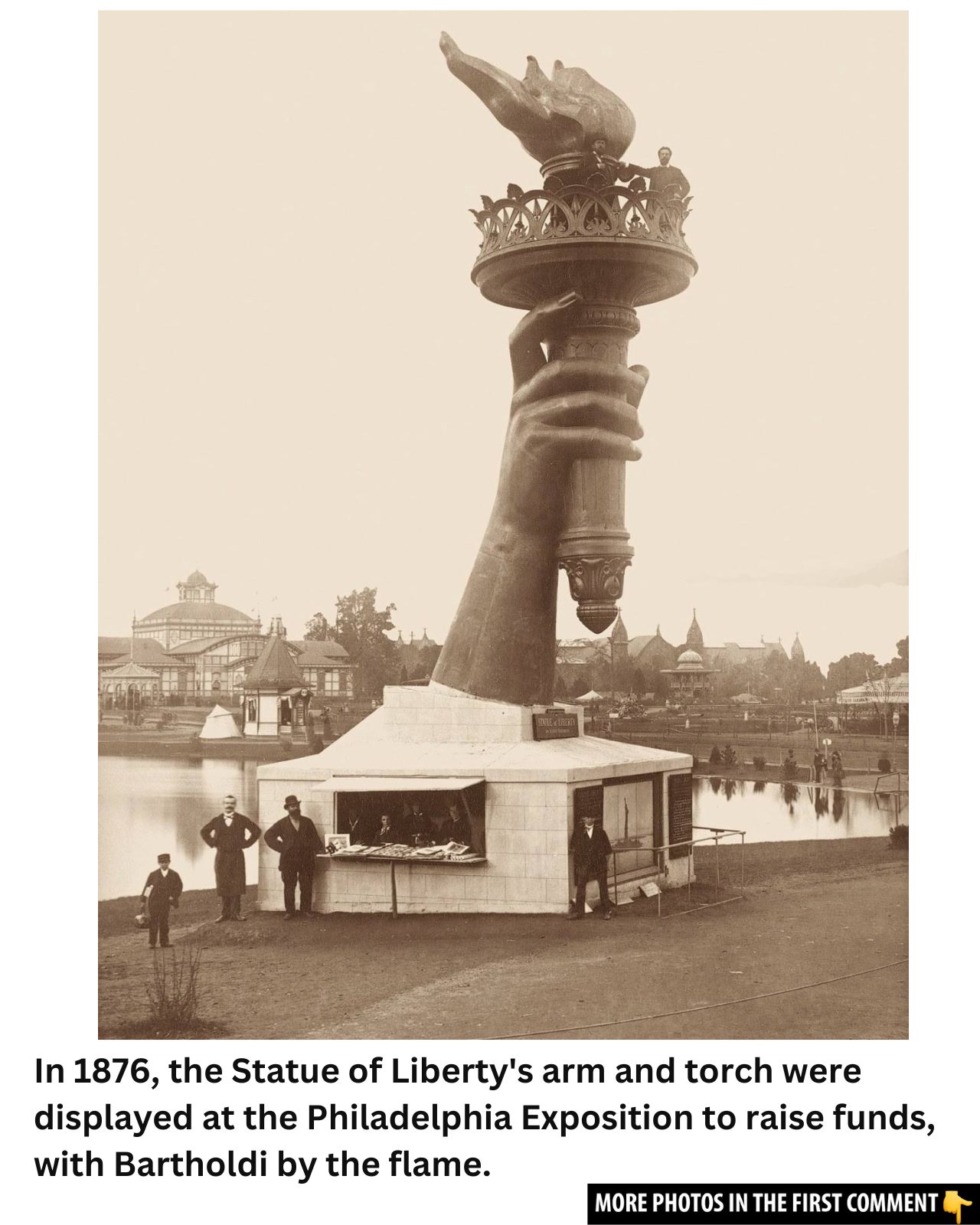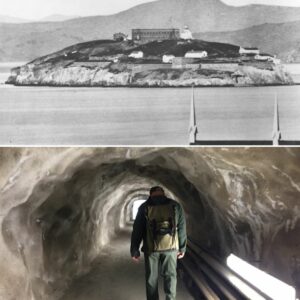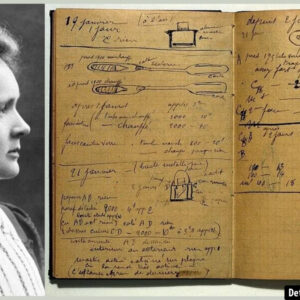Few landmarks are as synonymous with freedom and hope as the Statue of Liberty. Rising from the waters of New York Harbor, this monumental figure has greeted millions of immigrants arriving at Ellis Island and has stood for the ideals of liberty and democracy for over 130 years. The Statue of Liberty, officially titled “Liberty Enlightening the World,” was a gift from the people of France to the United States in 1886. It has since become one of the most powerful symbols of the American spirit, its image recognized worldwide. But the journey to creating and erecting this colossal statue is as fascinating as the symbol it represents.
Frédéric-Auguste Bartholdi’s Vision (1875)
In 1875, Frédéric-Auguste Bartholdi, a French sculptor, began conceptualizing what would become the Statue of Liberty. The idea for such a monument emerged from discussions among French intellectuals and politicians, notably Édouard René de Laboulaye, a law professor who envisioned a gift to celebrate both the centennial of the American Revolution and the friendship between France and the United States. Bartholdi’s design depicted a female figure representing Libertas, the Roman goddess of freedom. The statue would hold a torch in her right hand and a tablet in her left, symbolizing both enlightenment and the legal foundation of the nation.
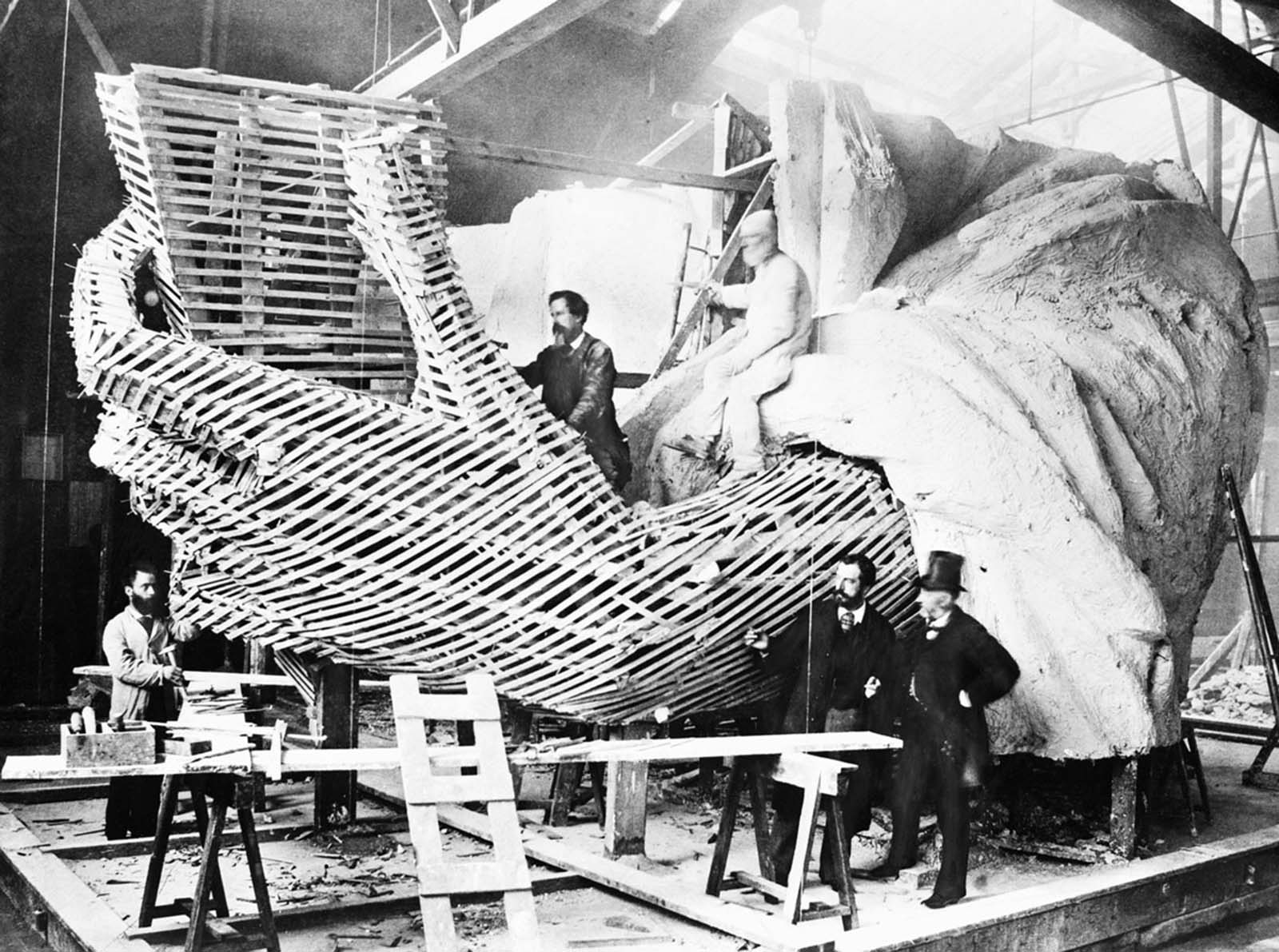
Bartholdi worked tirelessly to bring this vision to life, with Gustave Eiffel, the famous engineer behind the Eiffel Tower, contributing his expertise to design the statue’s internal structure. The collaboration between the two masterminds ensured the statue’s durability and strength. Early photographs taken in 1875 show Bartholdi with the statue’s head, an impressive, yet humble start for what would become one of the most recognizable monuments in the world.
Video
Curious about what’s inside the Statue of Liberty? Watch this video to explore its hidden features and secrets!
From Paris to New York: The Journey of the Statue (1883-1885)
The Statue of Liberty’s journey from Paris to New York was an endeavor of epic proportions. The colossal structure was carefully dismantled and shipped to the United States in 1885, packed into 350 pieces. The assembly process began upon its arrival at Bedloe’s Island (now Liberty Island), and it took four months to rebuild the statue from the ground up. In the photos of this period, you can see the statue’s various parts being hoisted into place, including the placement of the arm holding the torch and the statue’s crown. Workers, both American and French, labored together to make Bartholdi’s vision a reality.
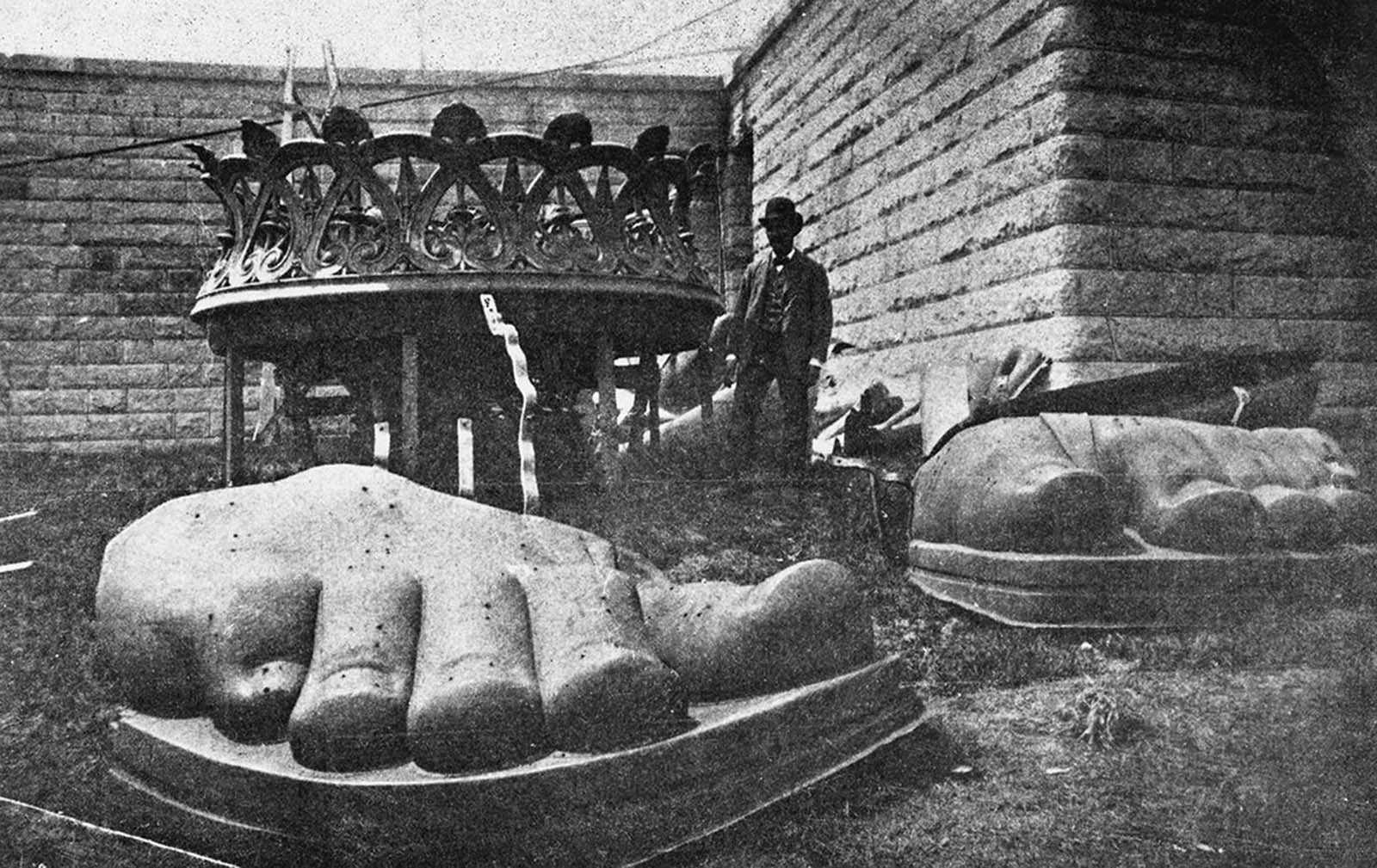
When the statue was finally reassembled, it stood at 151 feet tall, with the torch rising 305 feet above the harbor. It wasn’t just a feat of engineering but a testament to the power of international collaboration. The images from the time of the statue’s assembly capture the monumental scale of the work and the awe of those who saw the statue take shape.
Symbolism and Meaning Behind the Statue
The Statue of Liberty is more than just an impressive work of art; it’s imbued with profound symbolism. The broken chain lying at the statue’s feet represents the abolition of slavery, a crucial moment in U.S. history.
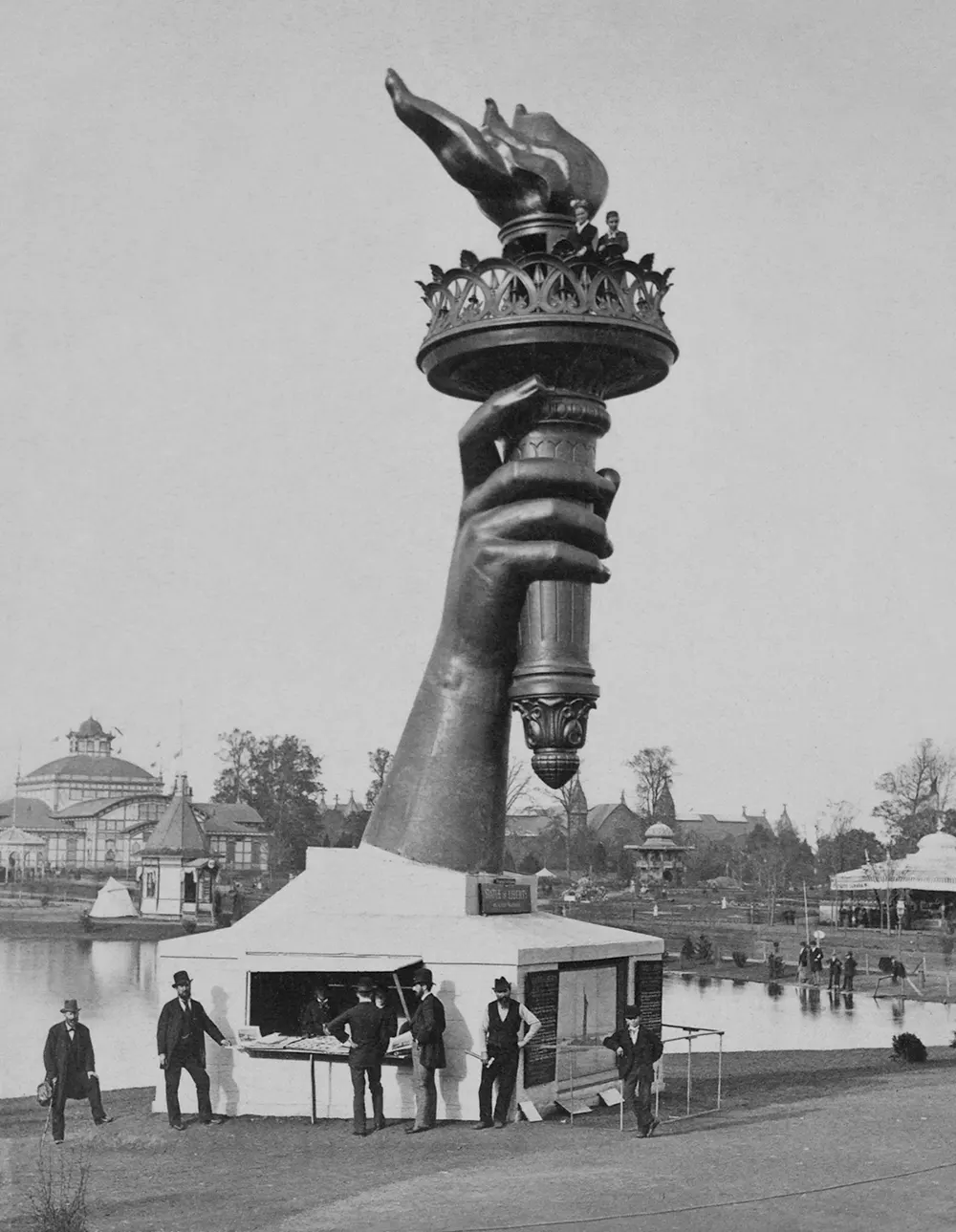
The tablet in her hand is inscribed with July 4, 1776—the date of the Declaration of Independence—reminding visitors of the enduring importance of liberty and the birth of a nation grounded in freedom. The torch she holds above her head symbolizes enlightenment, guiding the way to freedom and opportunity for those who seek it.
Emma Lazarus’s poem, The New Colossus, further solidified the statue’s role as a symbol of hope for immigrants arriving in the United States. The iconic lines, “Give me your tired, your poor, your huddled masses yearning to breathe free,” transformed the statue into a welcoming beacon for the millions who passed through New York’s harbor.
The Statue of Liberty Today: A Lasting Legacy
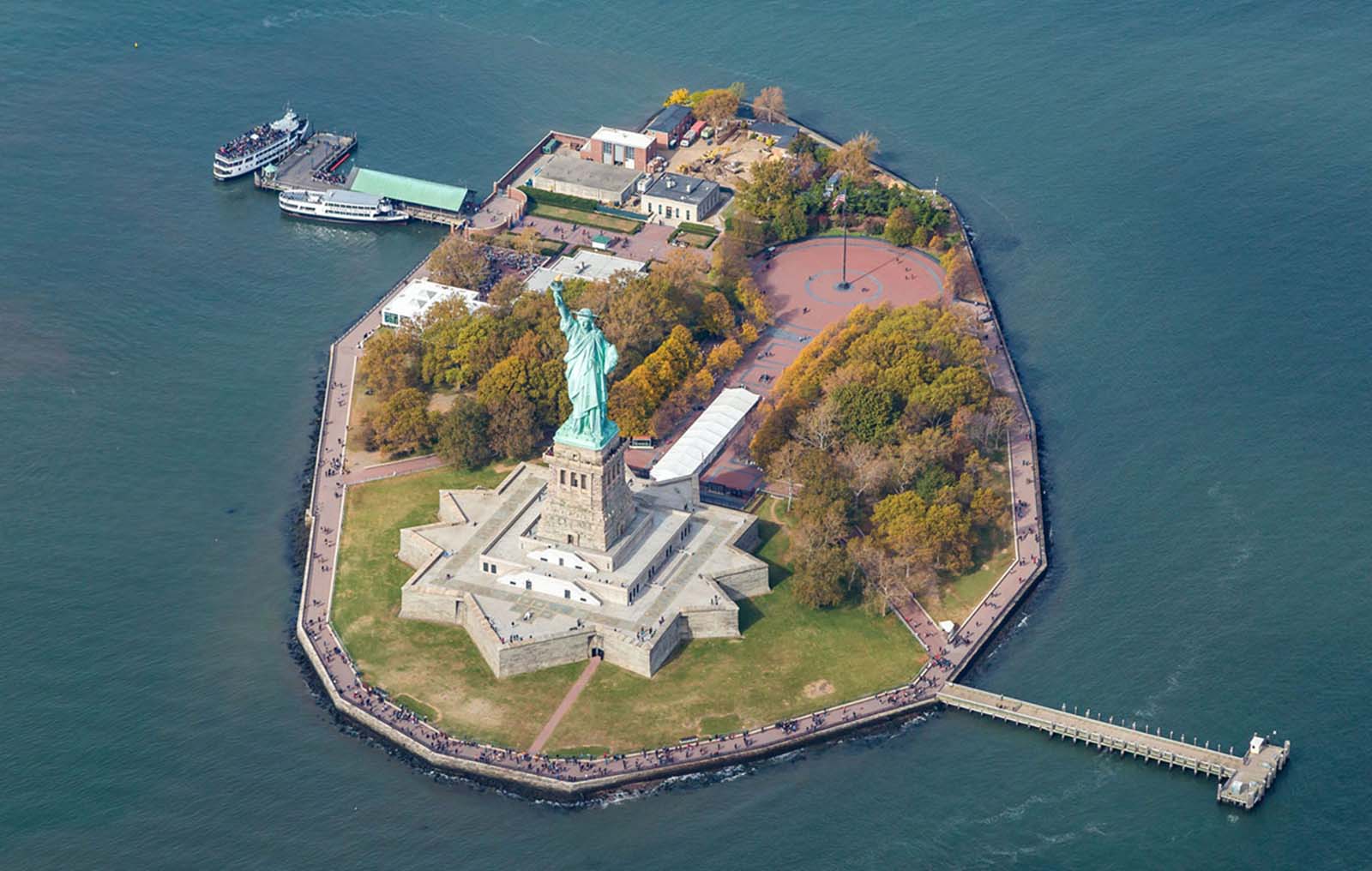
More than a century after its dedication, the Statue of Liberty remains a lasting symbol of freedom, democracy, and the enduring ideals of the United States. Today, the statue stands as a National Monument, maintained by the National Park Service. Despite its transformation over time—such as the restriction of access to the torch since 1916—the statue continues to inspire awe and admiration from millions of visitors annually.
Photographs taken throughout the years capture the evolution of the statue against a constantly changing skyline, reflecting the growth and modernity of the city that surrounds it. As the surrounding New York skyline grew taller and more modern, the statue continued to stand firm, a constant reminder of the values that built the nation.
Gallery: Rare Historical Images of the Statue
A collection of rare historical photos offers a fascinating glimpse into the construction, unveiling, and enduring significance of the Statue of Liberty. These images not only showcase the technical feats of assembling such a massive monument but also capture the cultural and emotional importance of the statue as it took its place on Liberty Island.
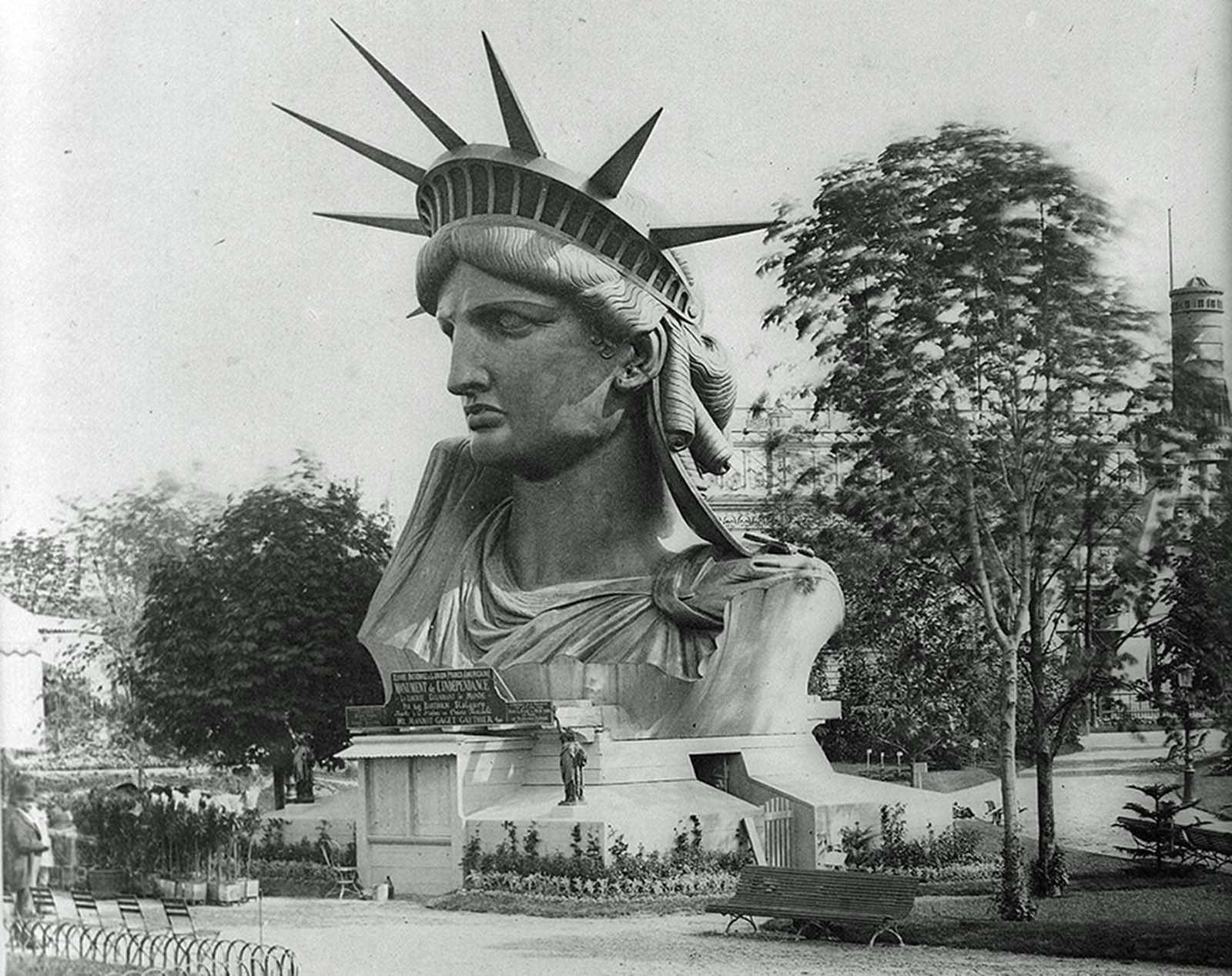
Among the most striking images are those of the statue in its early stages, taken while the head and other components were displayed in Paris. The photos show the immense scale of the work and the detailed craftsmanship involved. One image in particular shows the head of the statue on display at the Paris World’s Fair in 1883, serving as a prelude to the larger-than-life figure that would soon stand in New York Harbor.
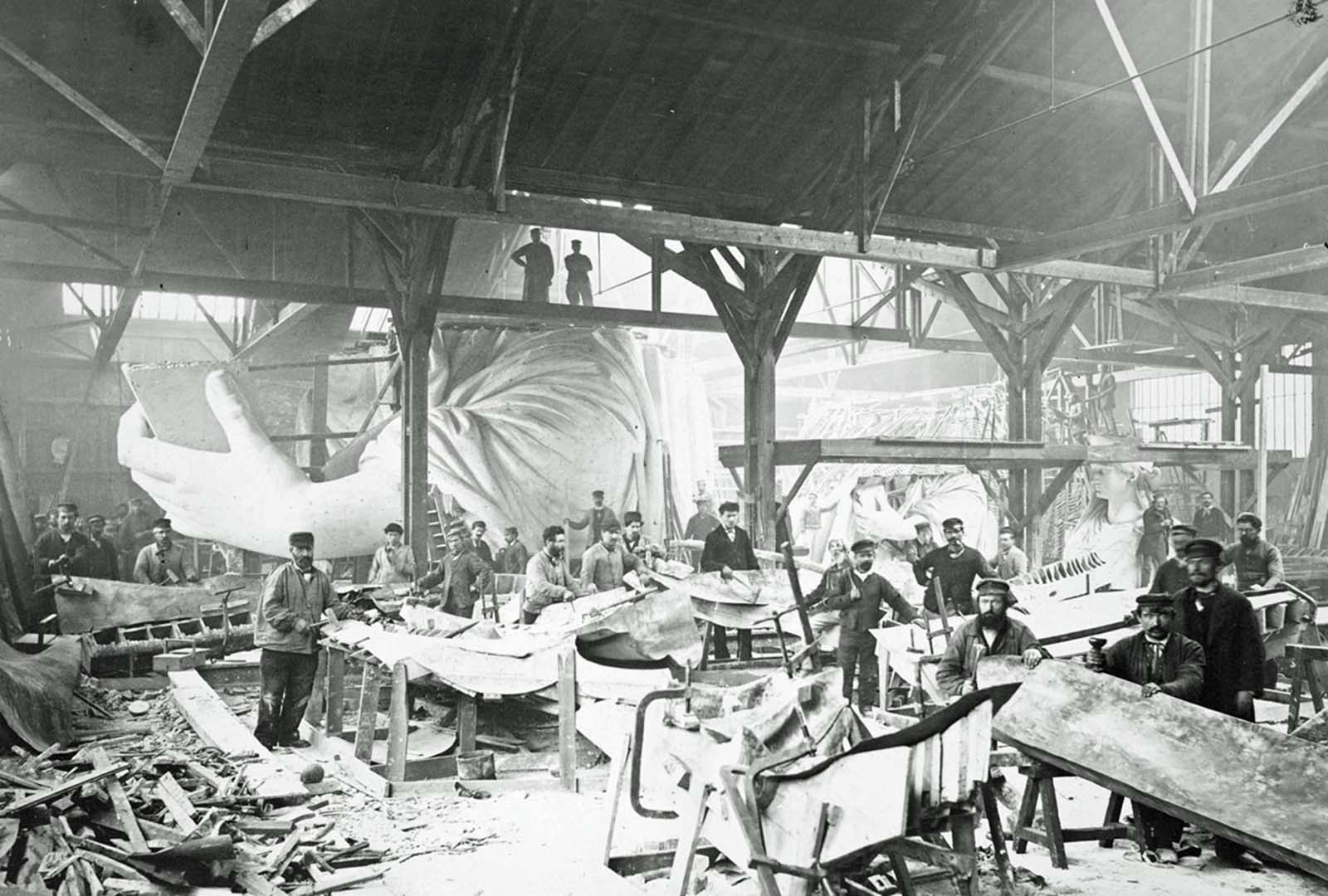
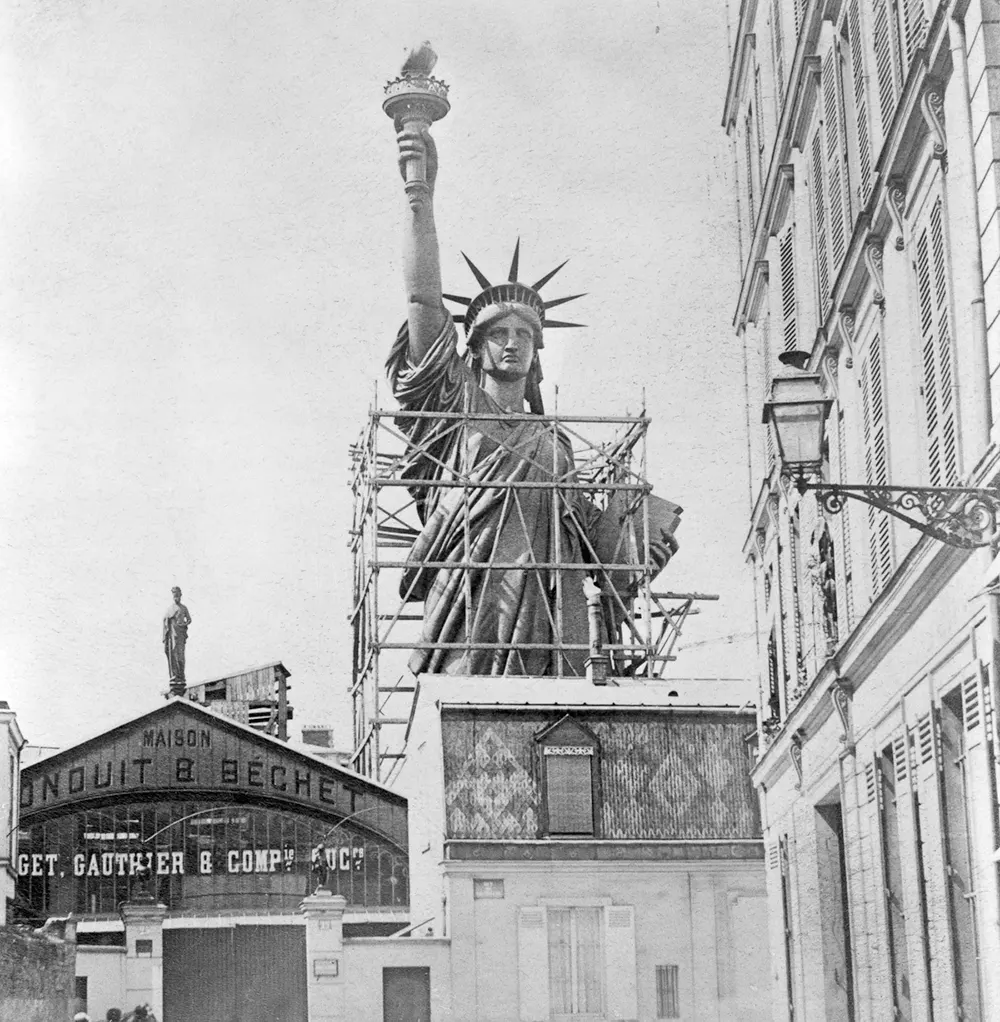
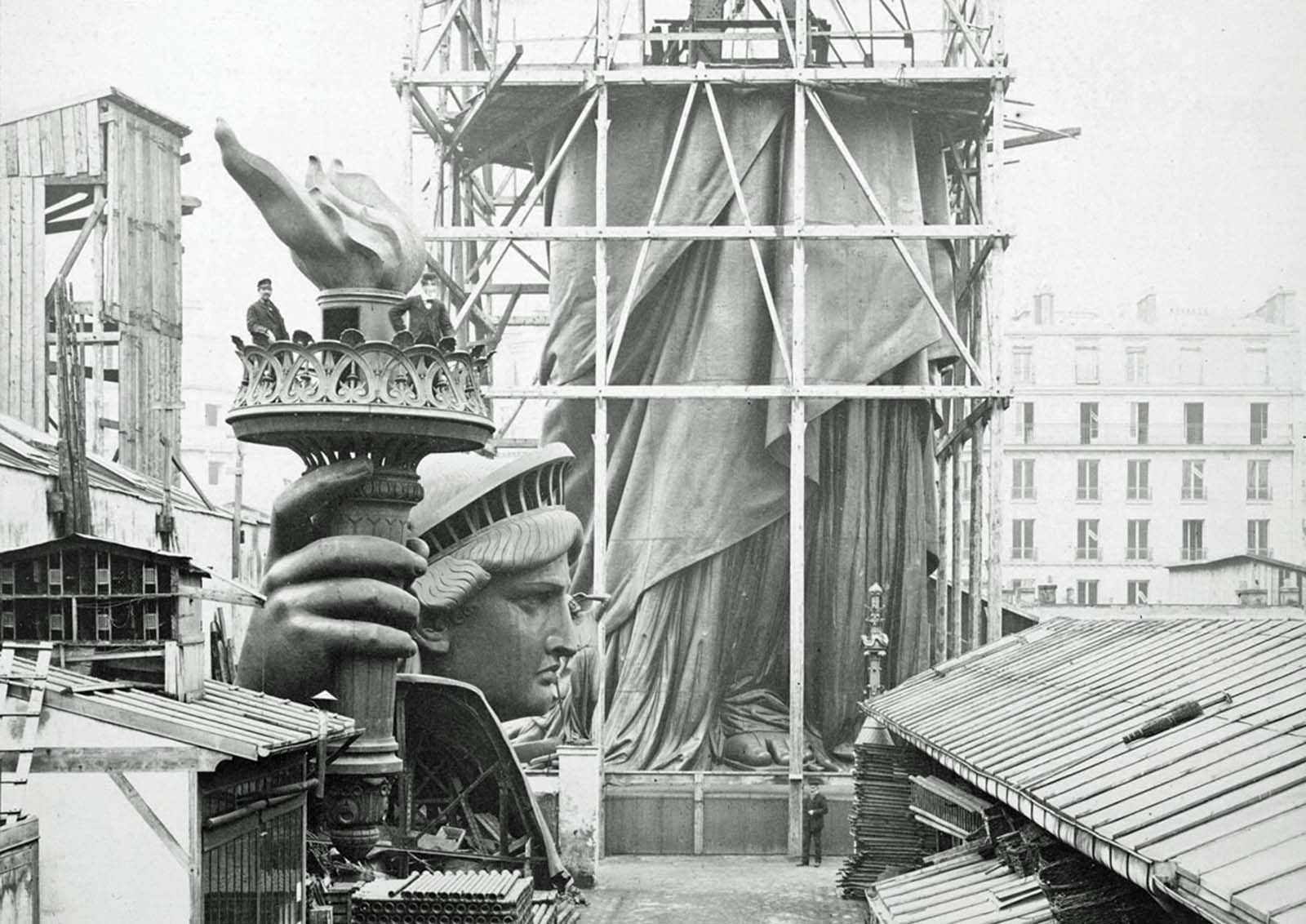
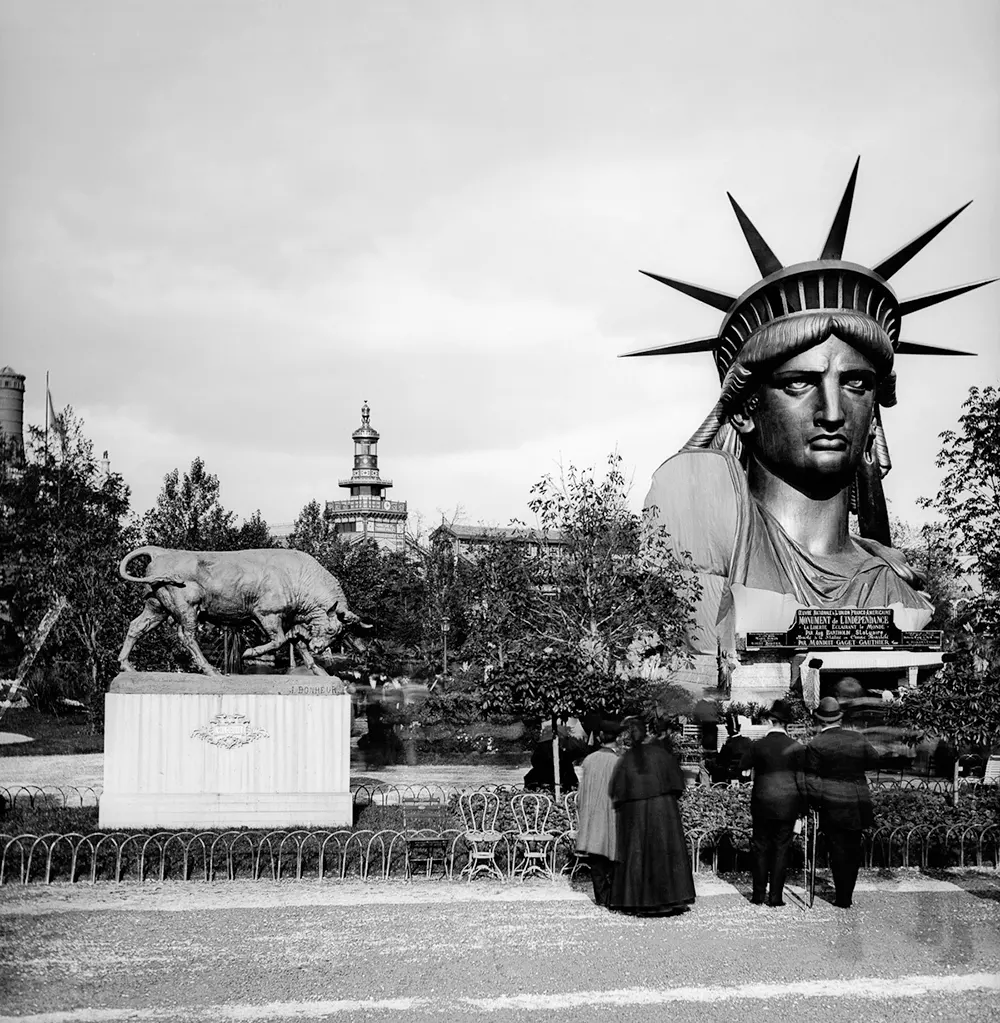
In addition to these images, photographs taken in the early years after the statue’s dedication highlight its significance as a symbol of freedom for immigrants. The early black-and-white images of the statue contrasted with the crowds of immigrants arriving at Ellis Island make it clear that the statue was, and continues to be, an integral part of the American story.
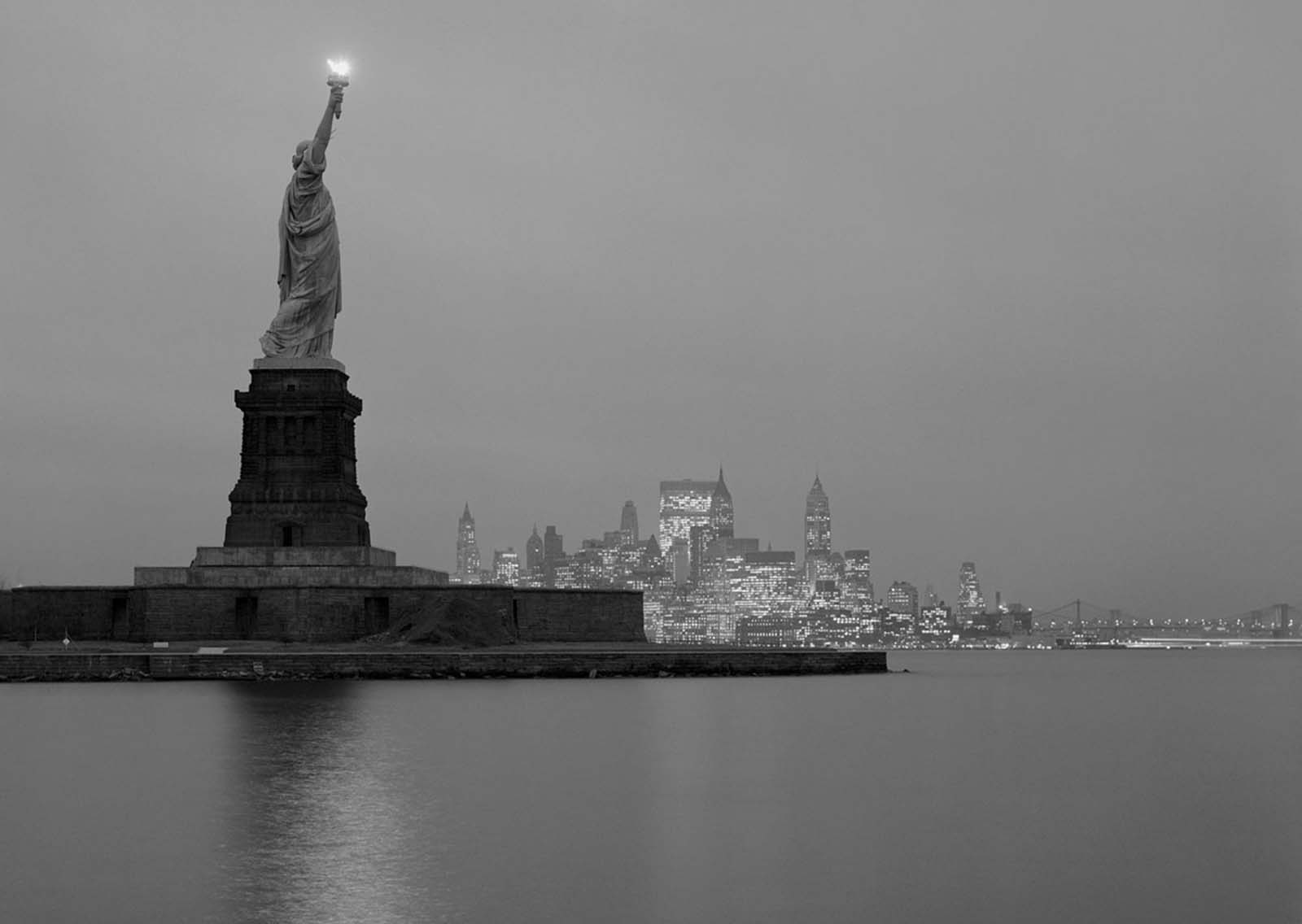
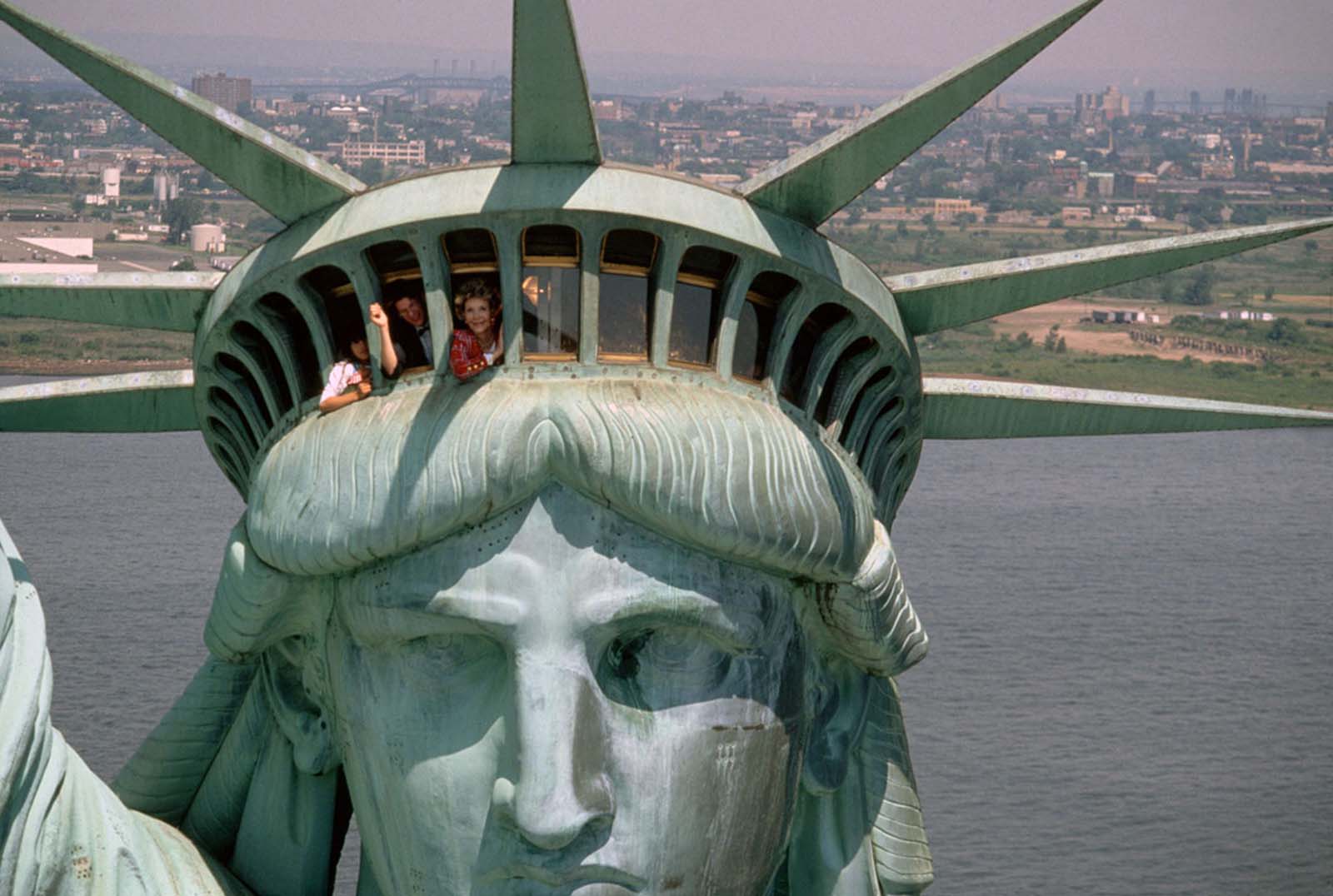
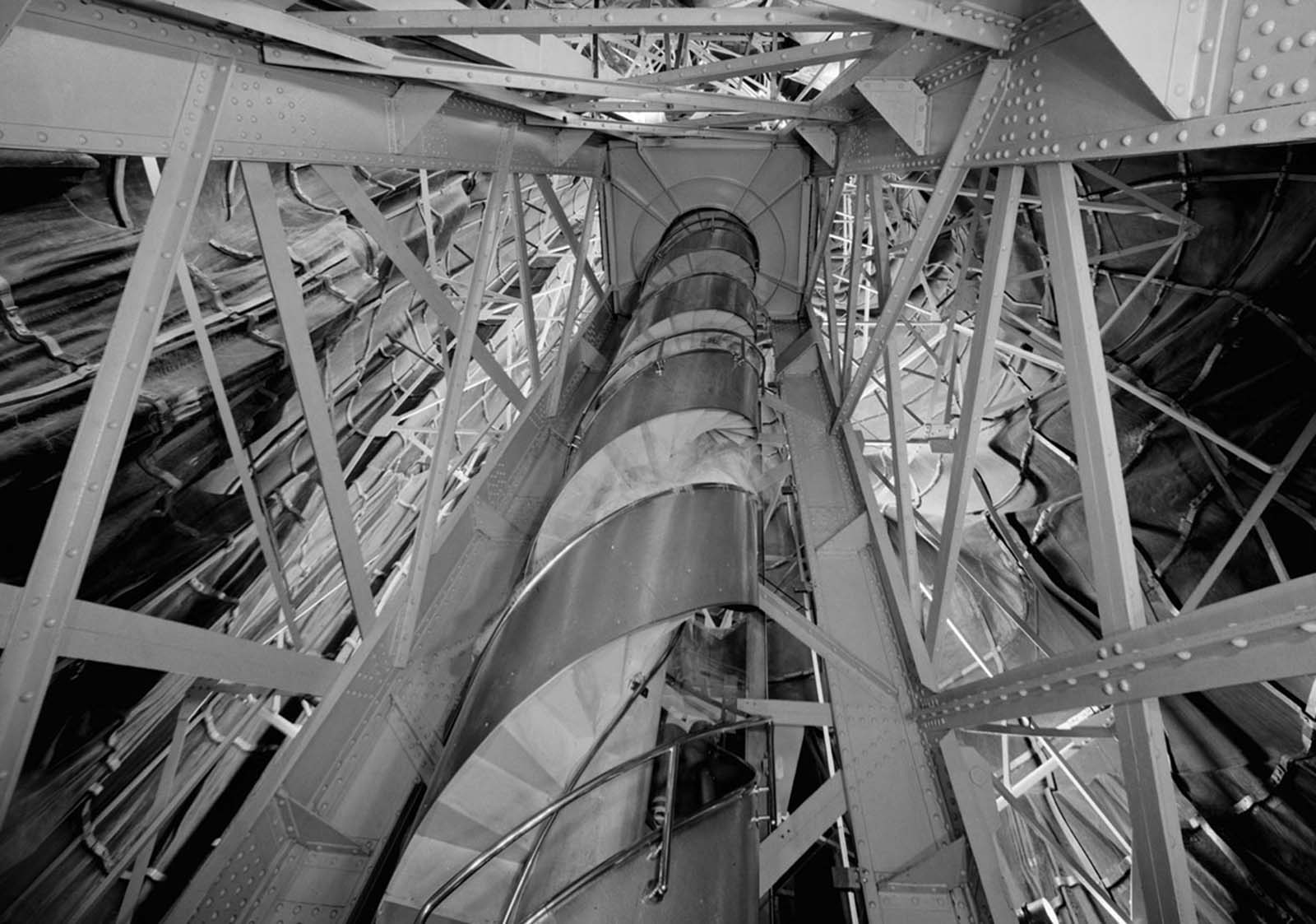

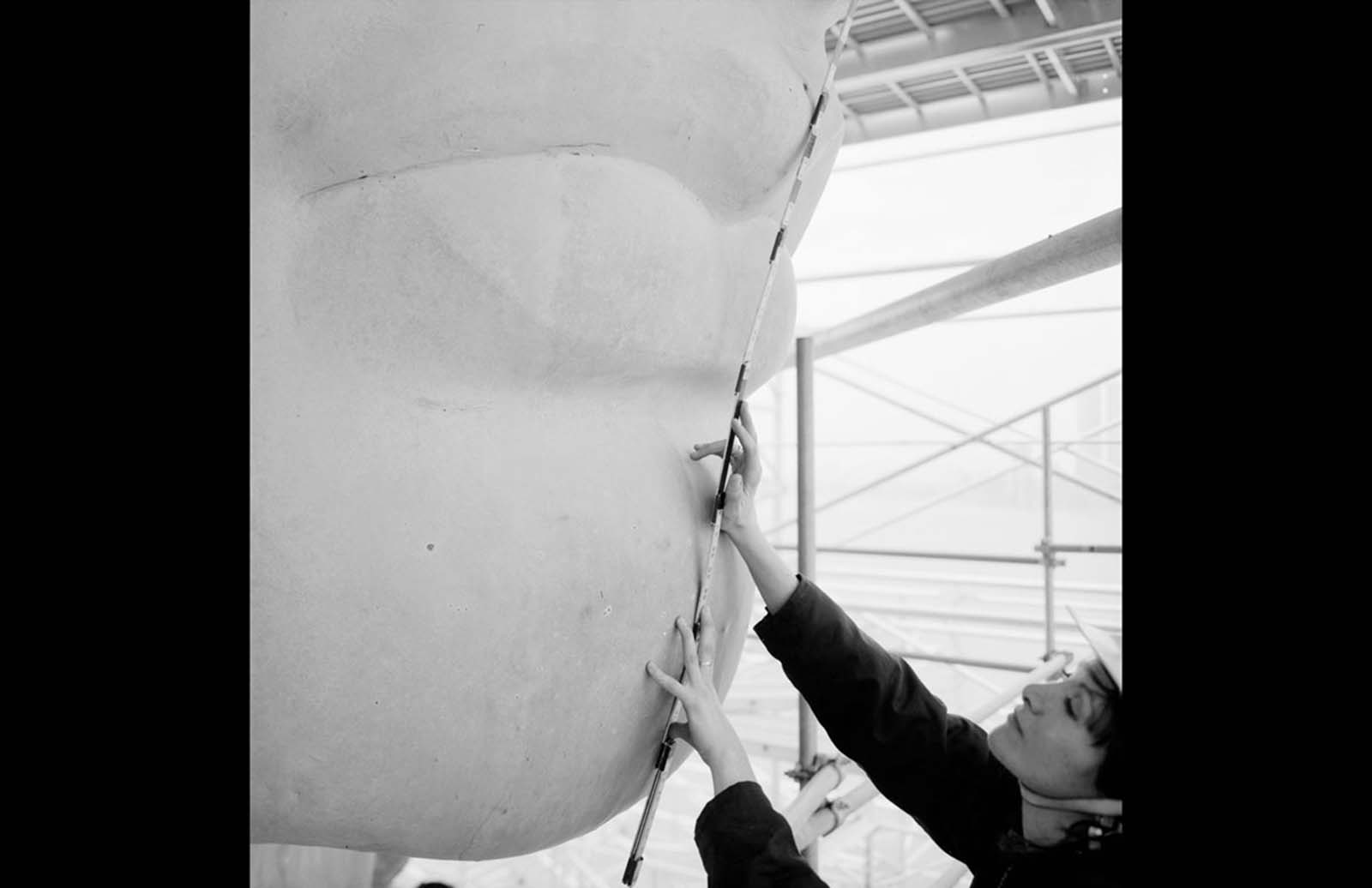
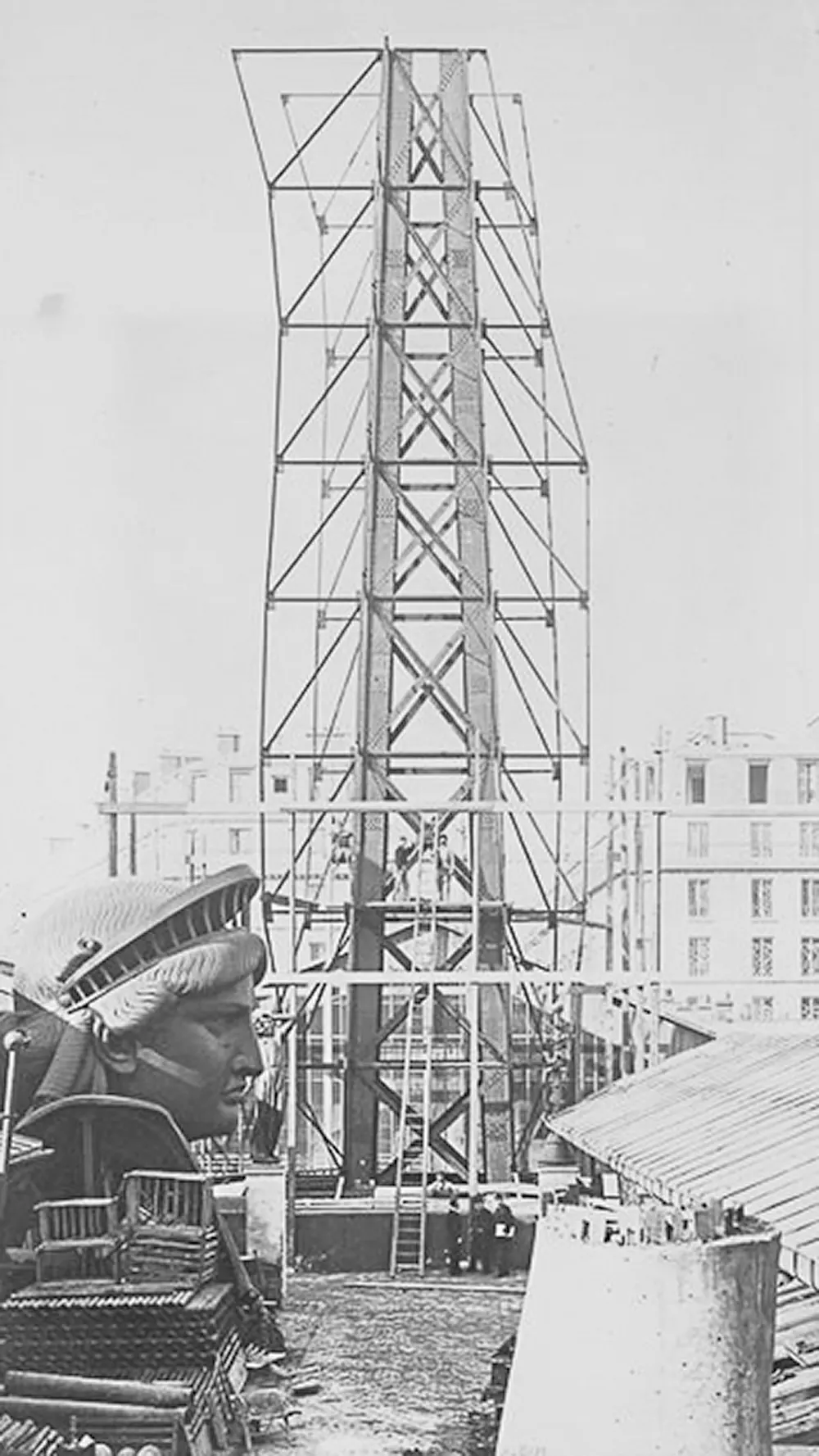
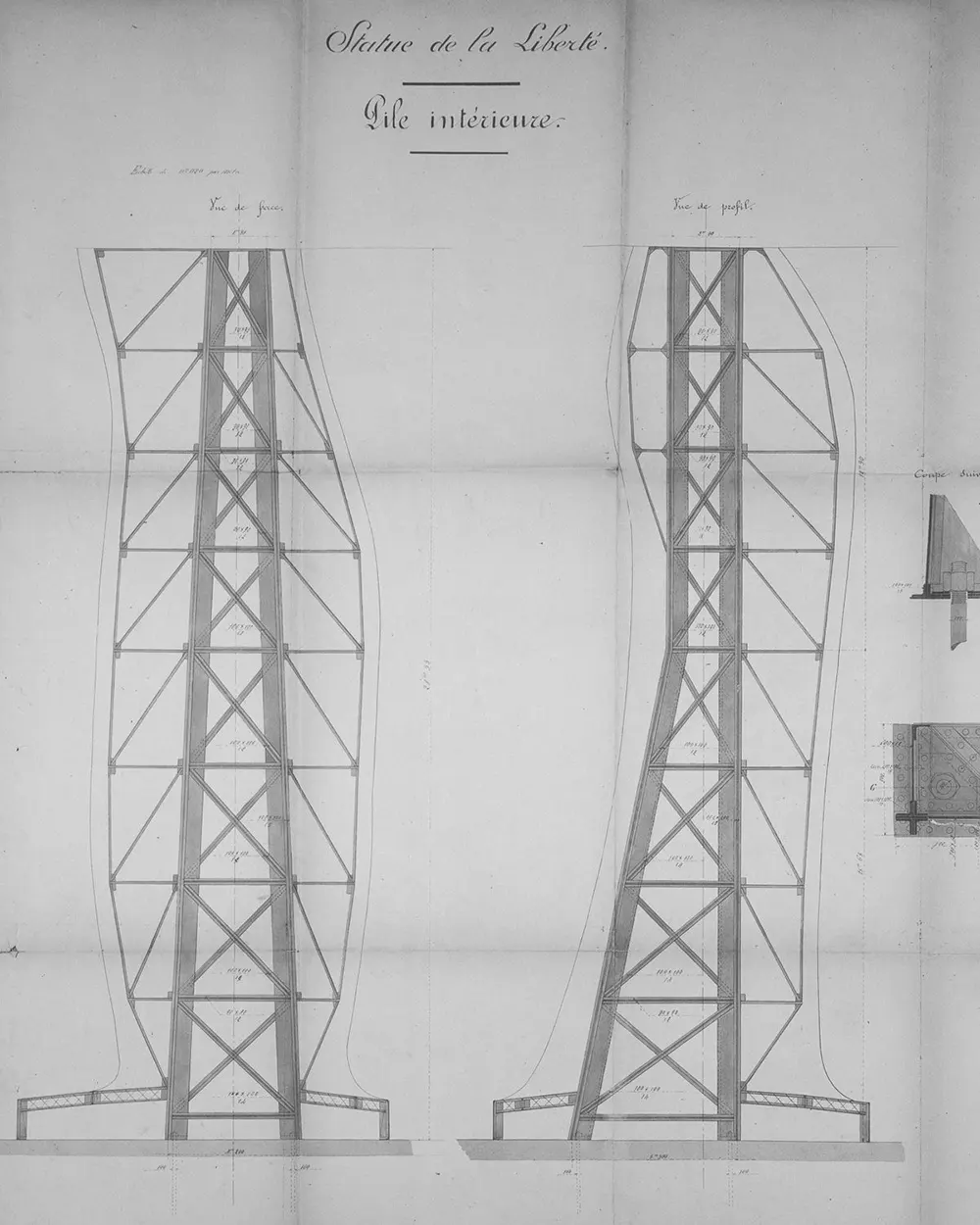
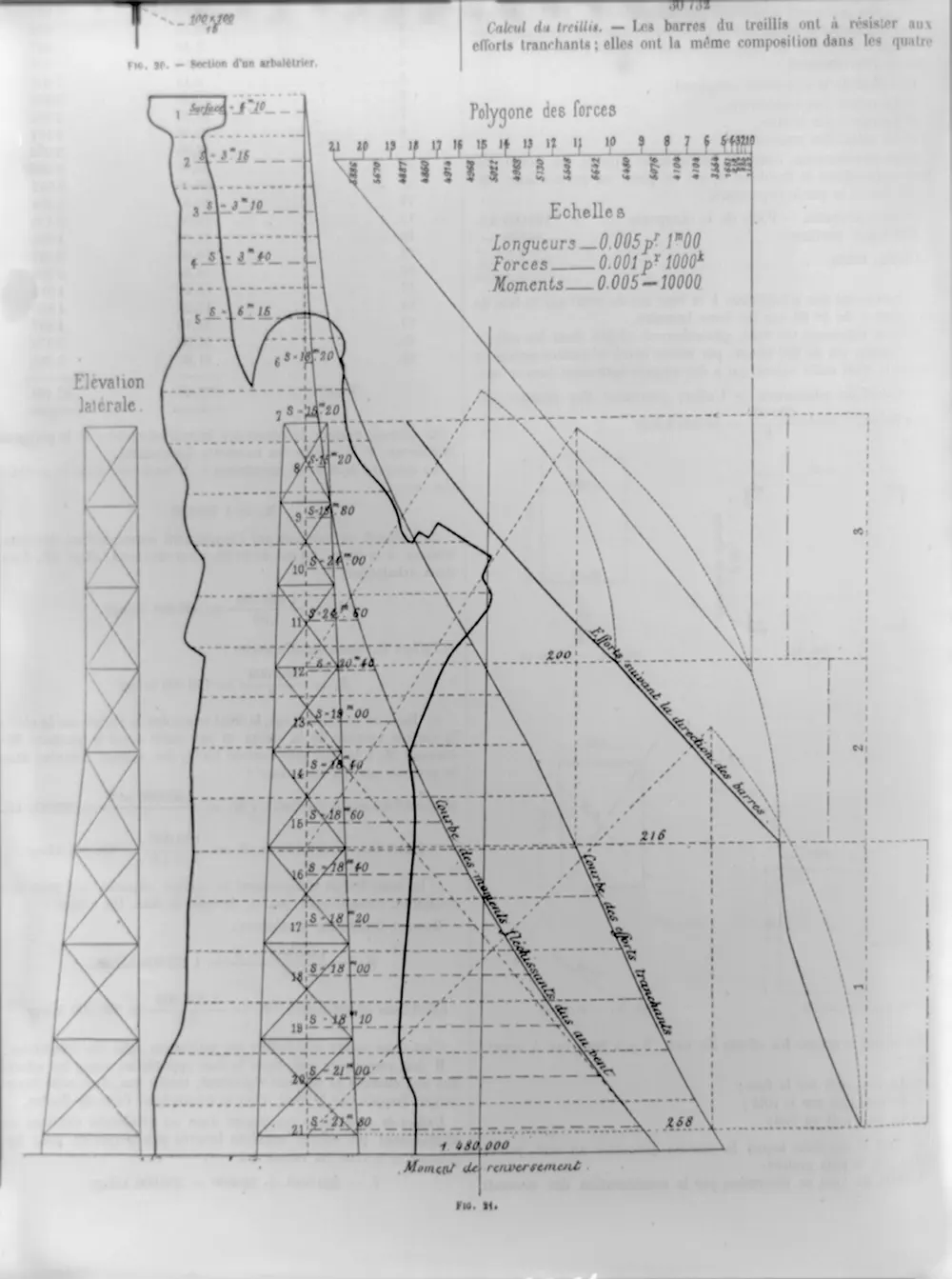
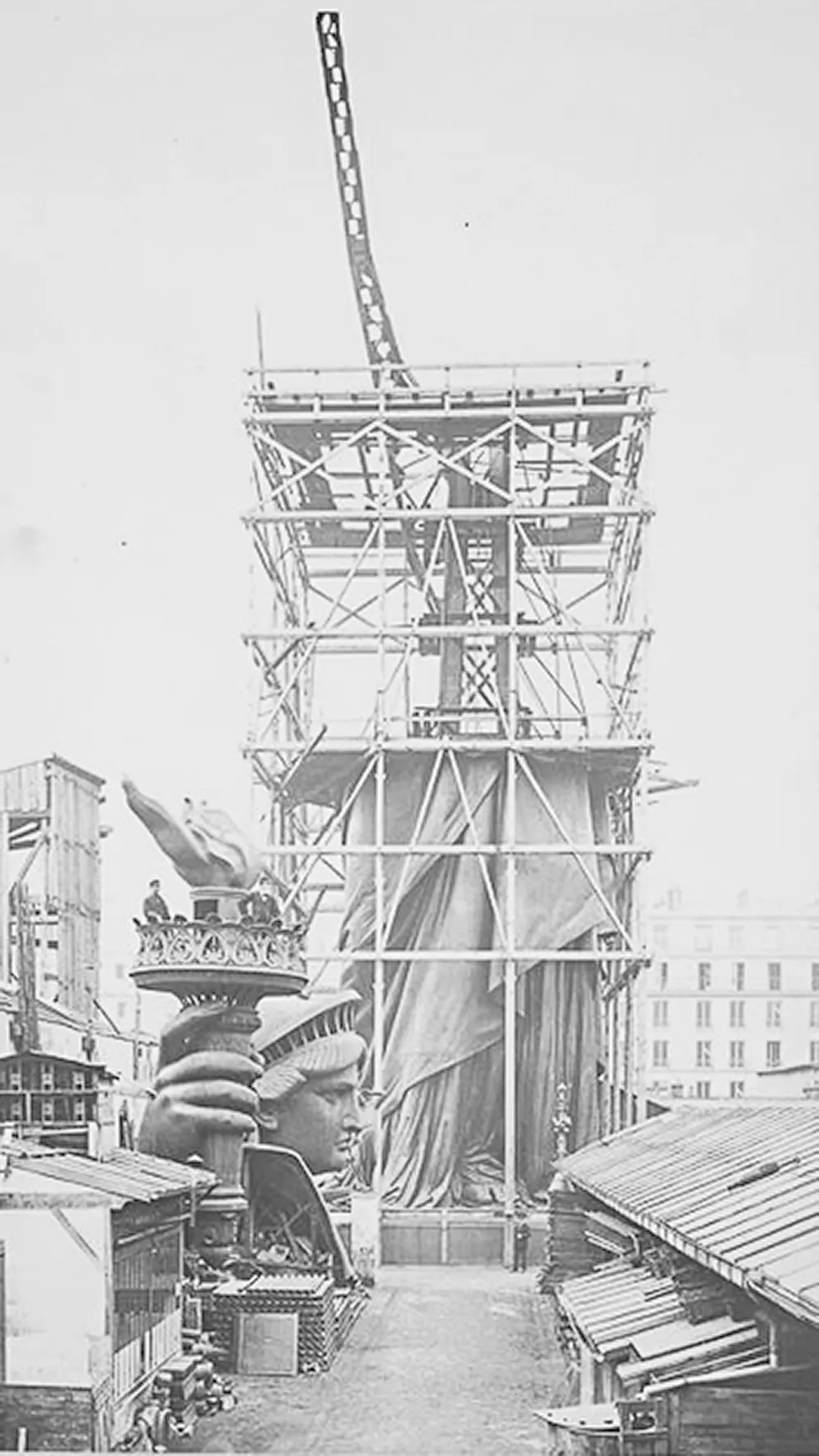
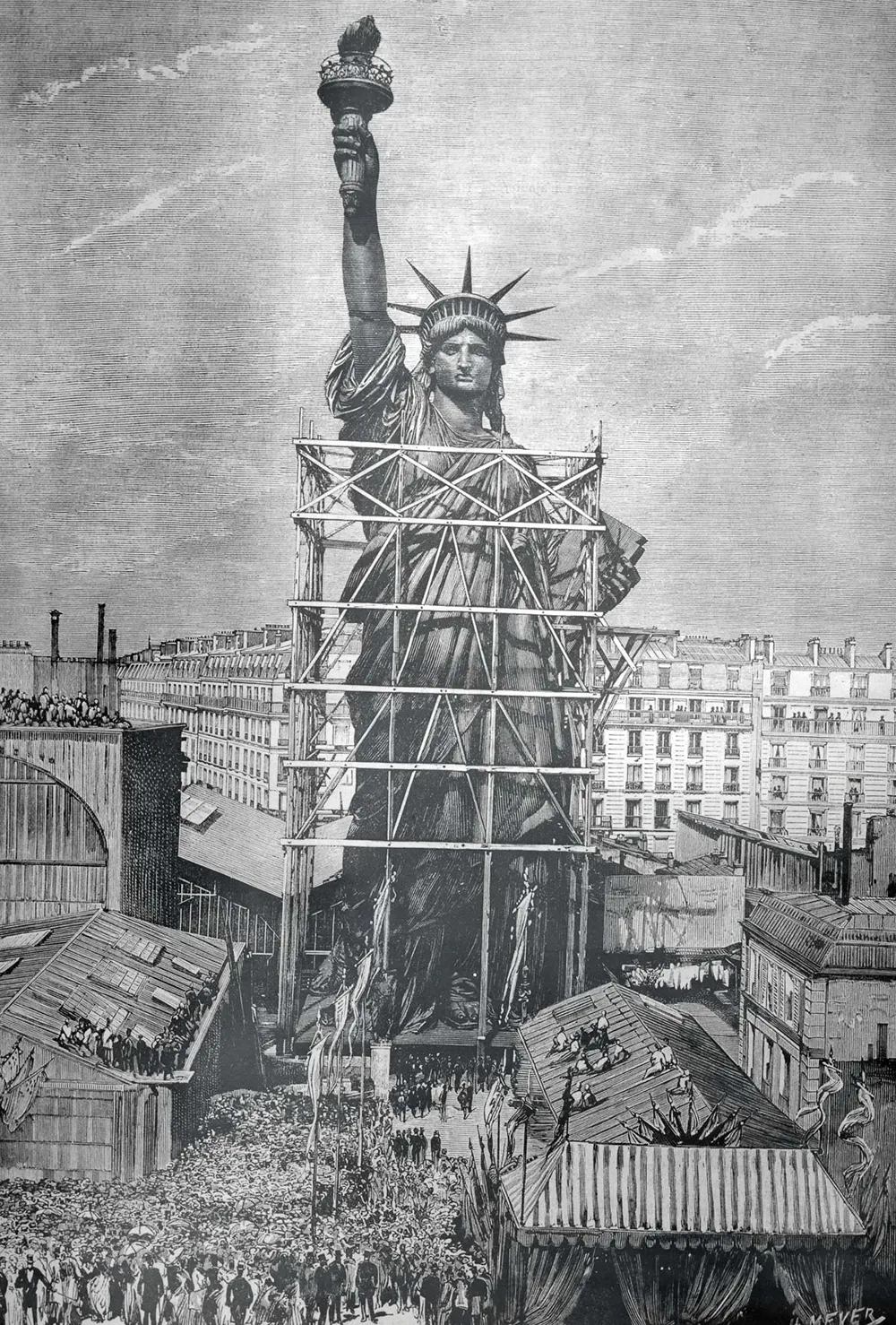
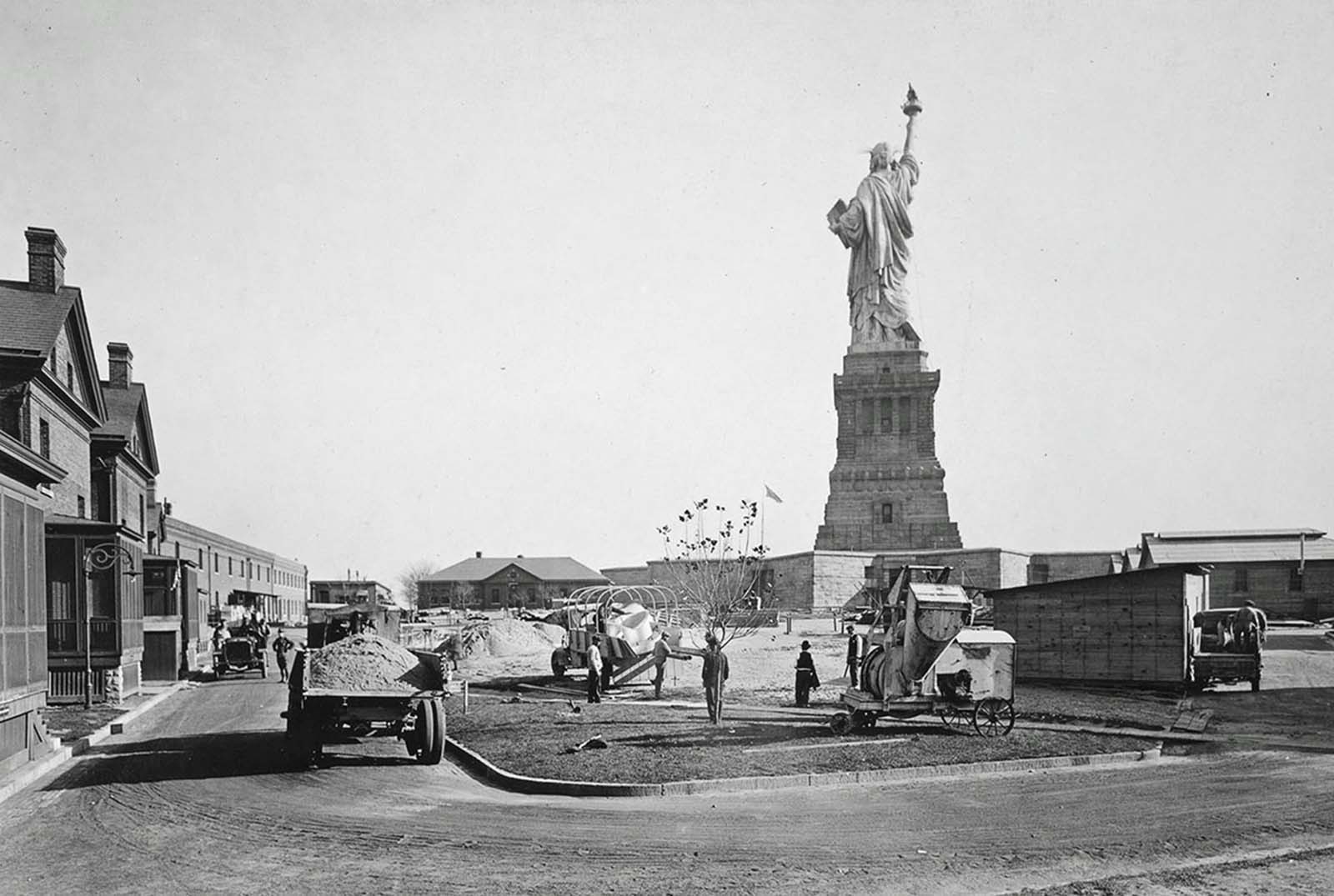
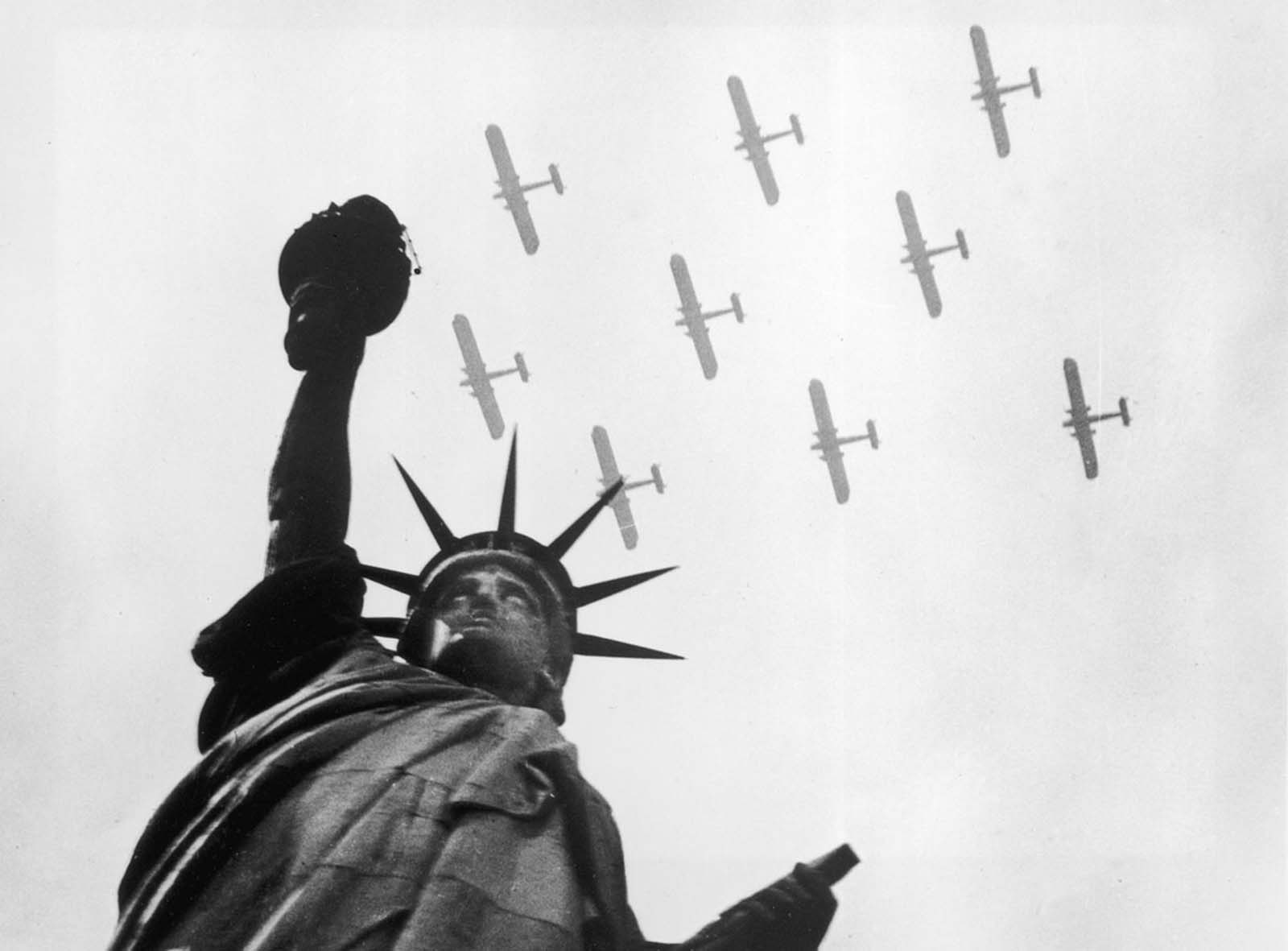
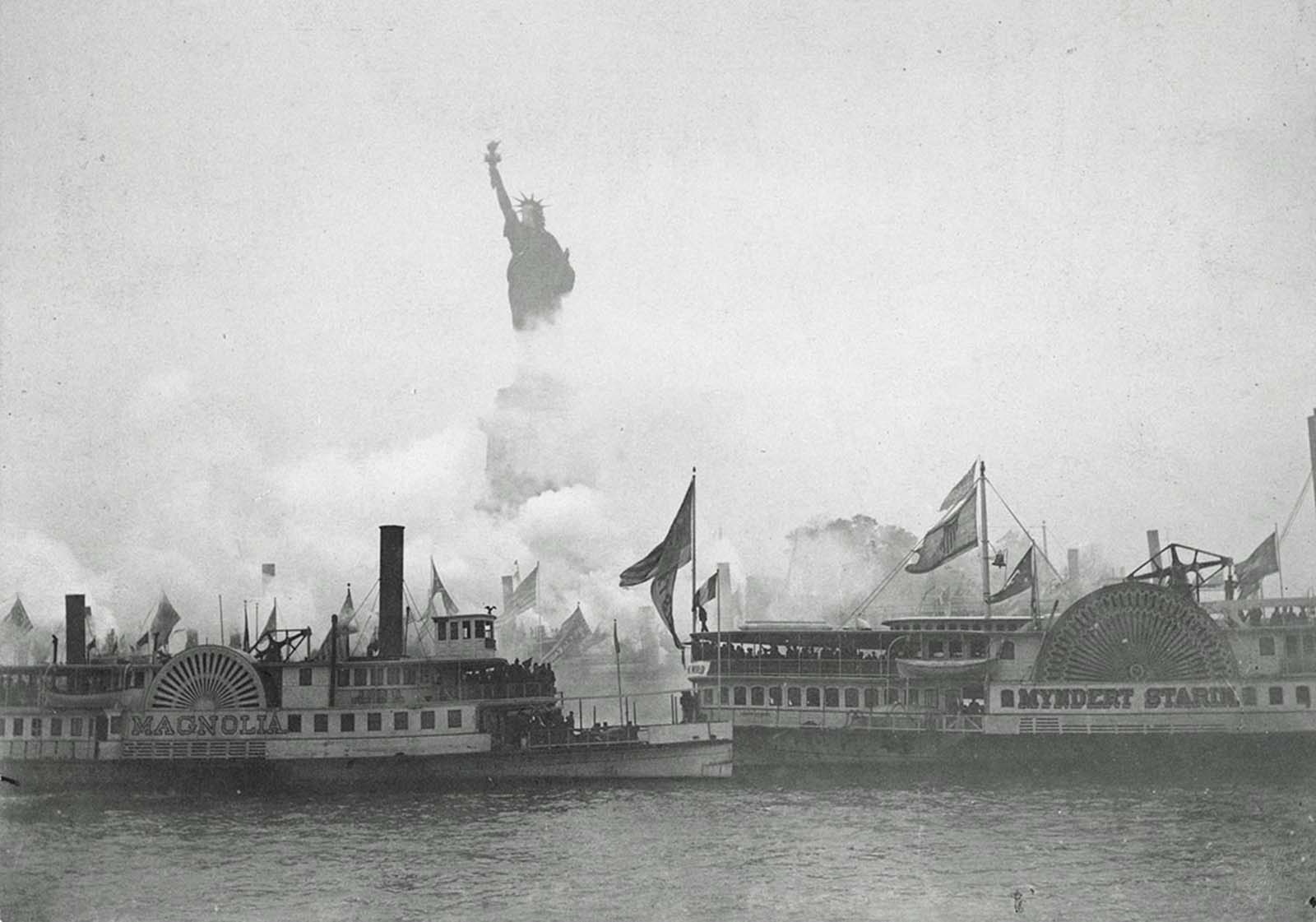
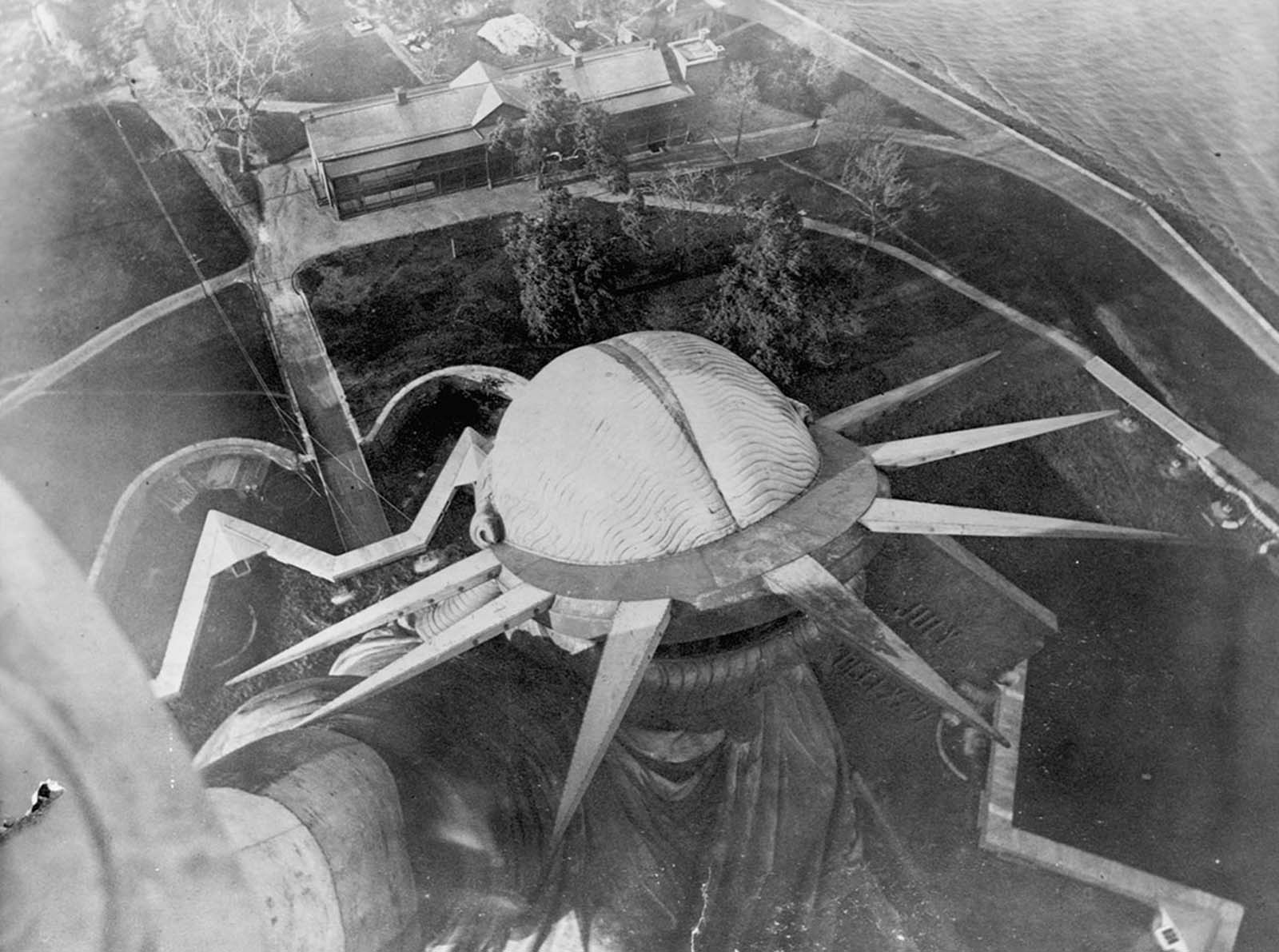
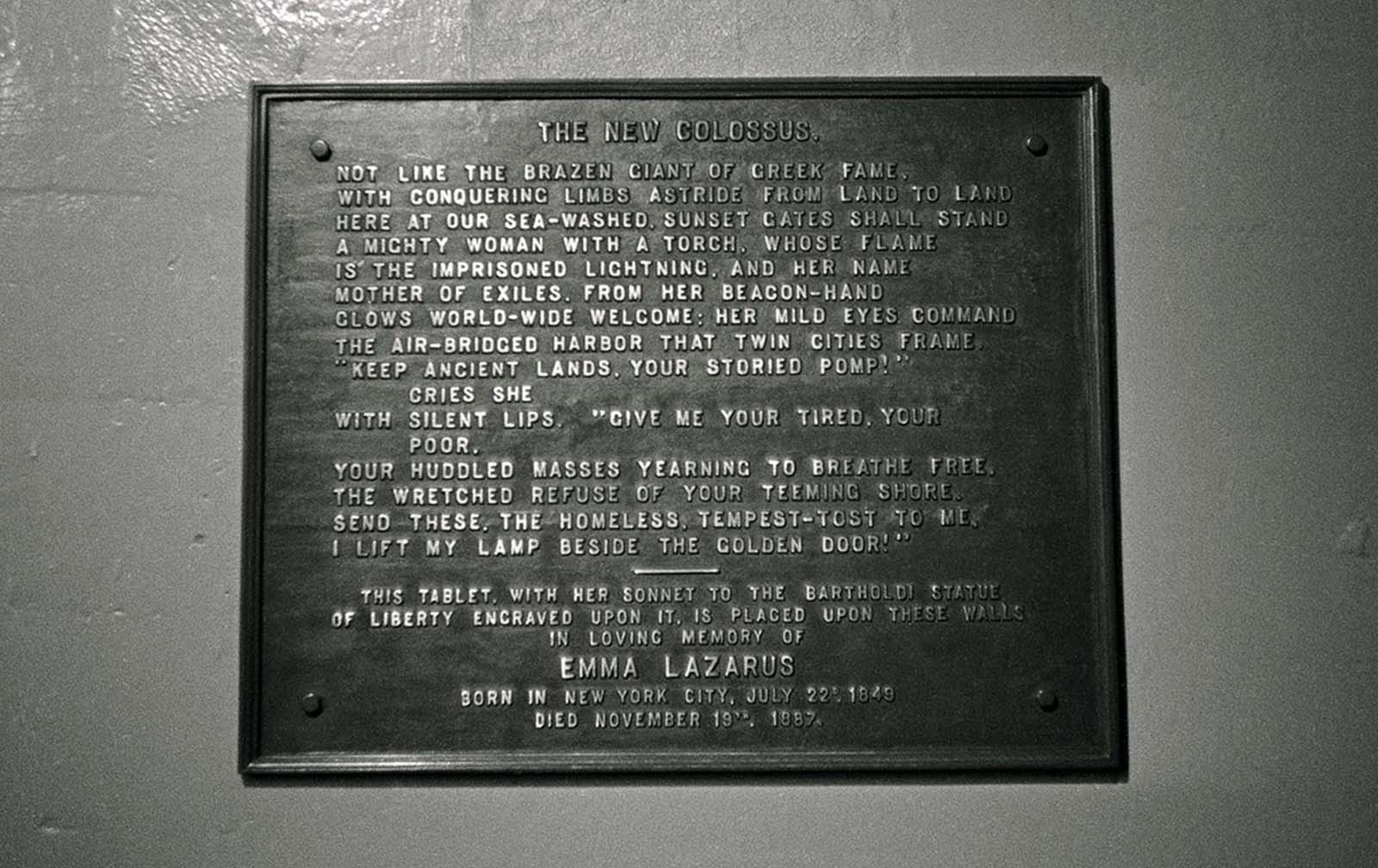
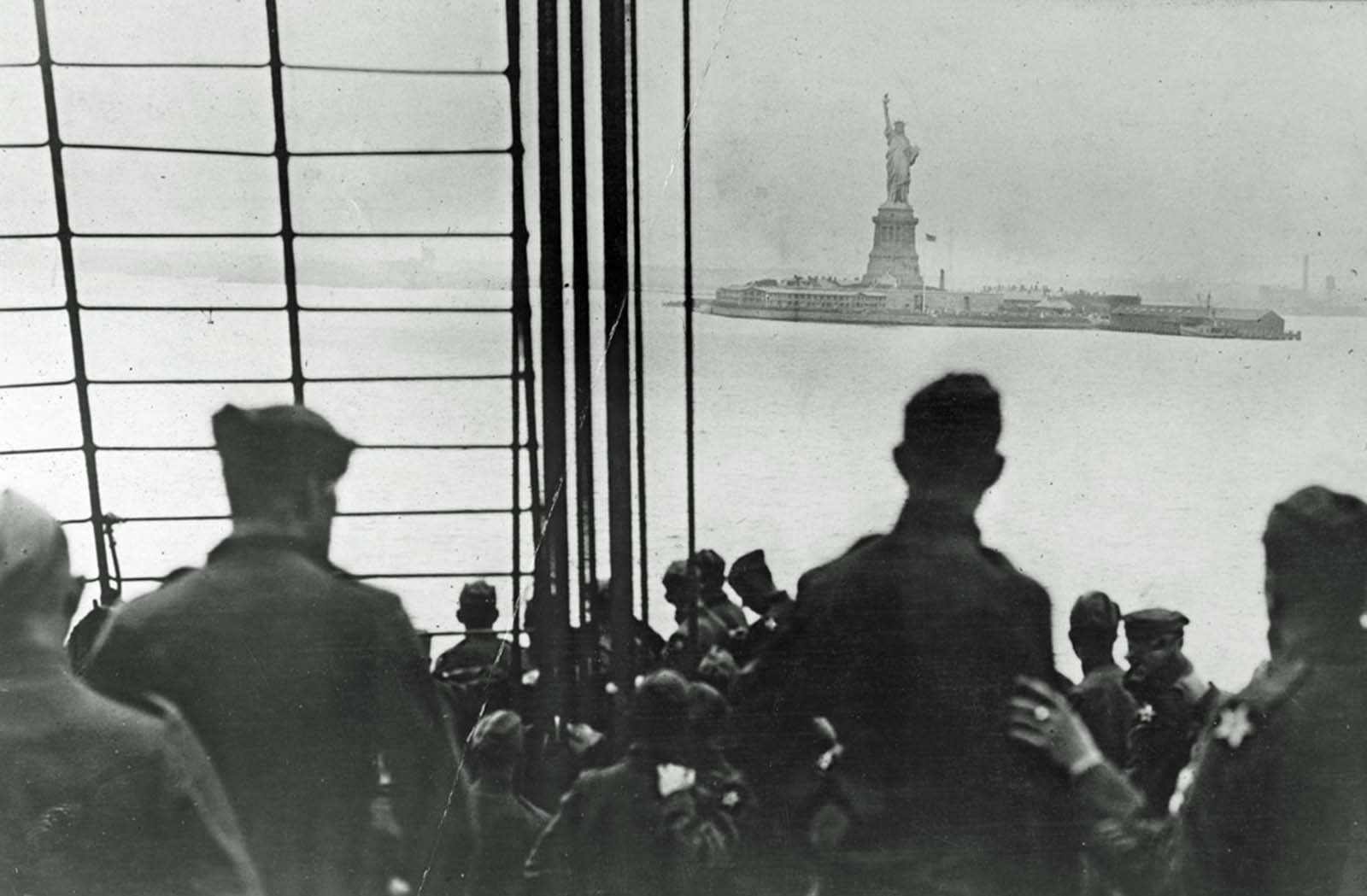
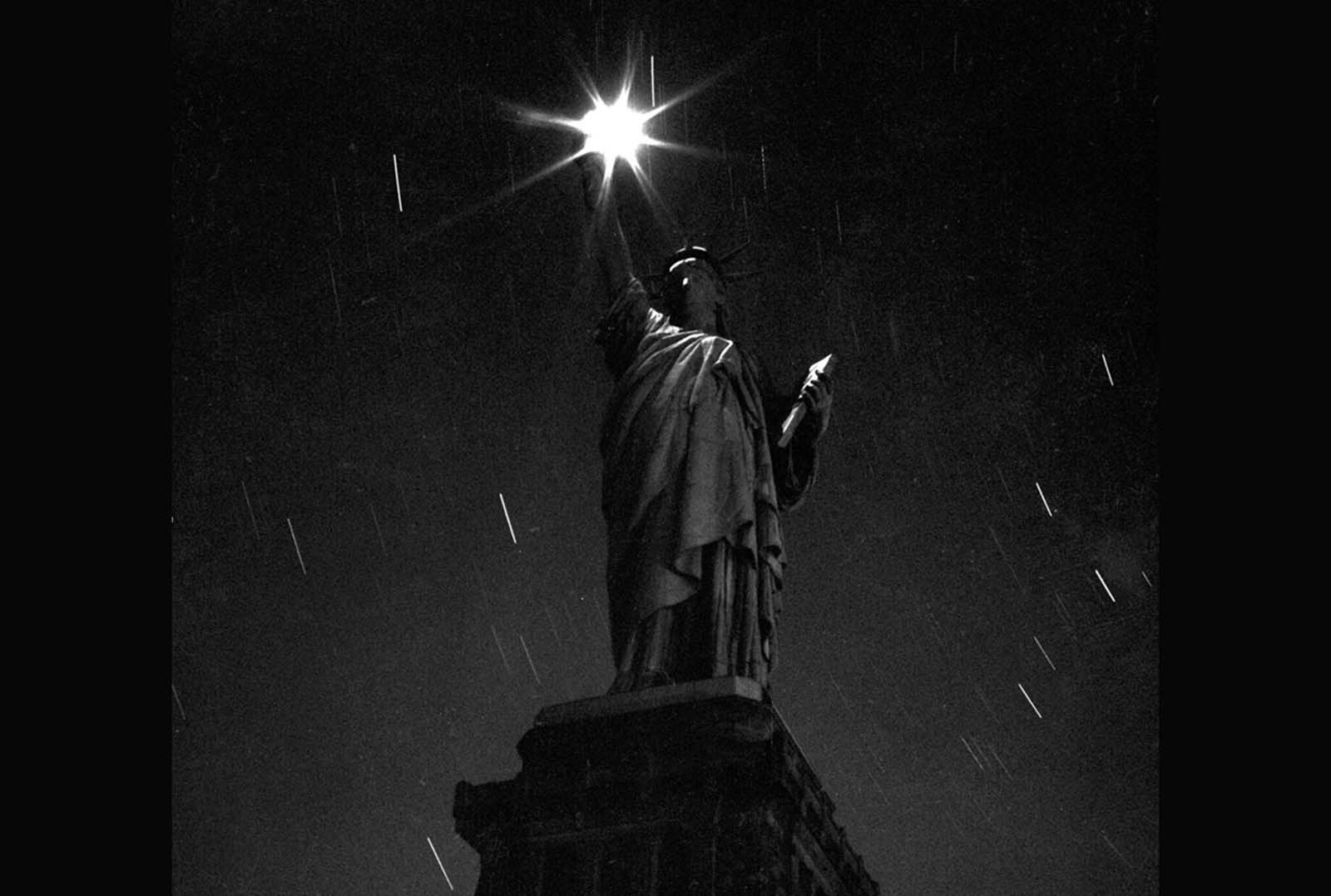

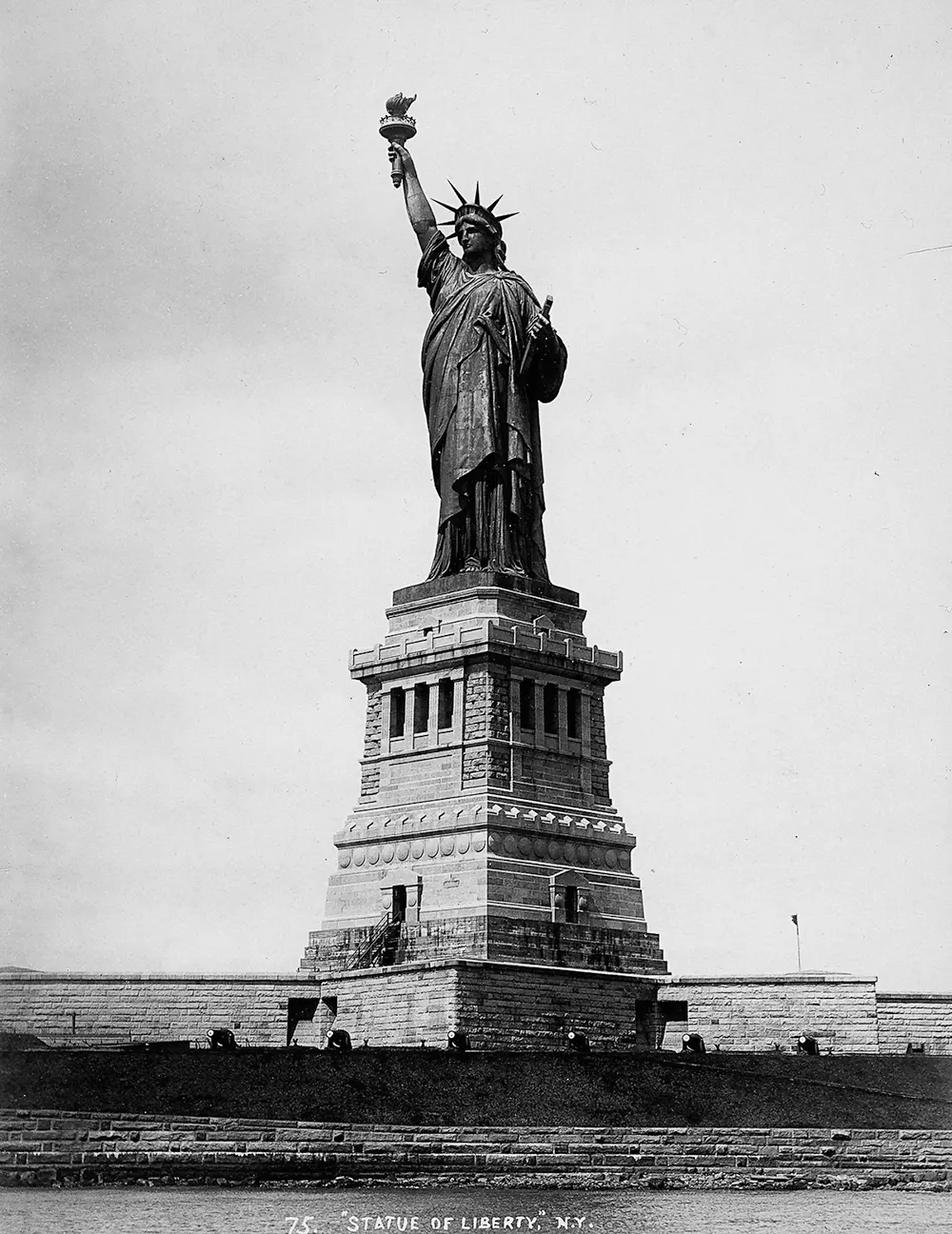
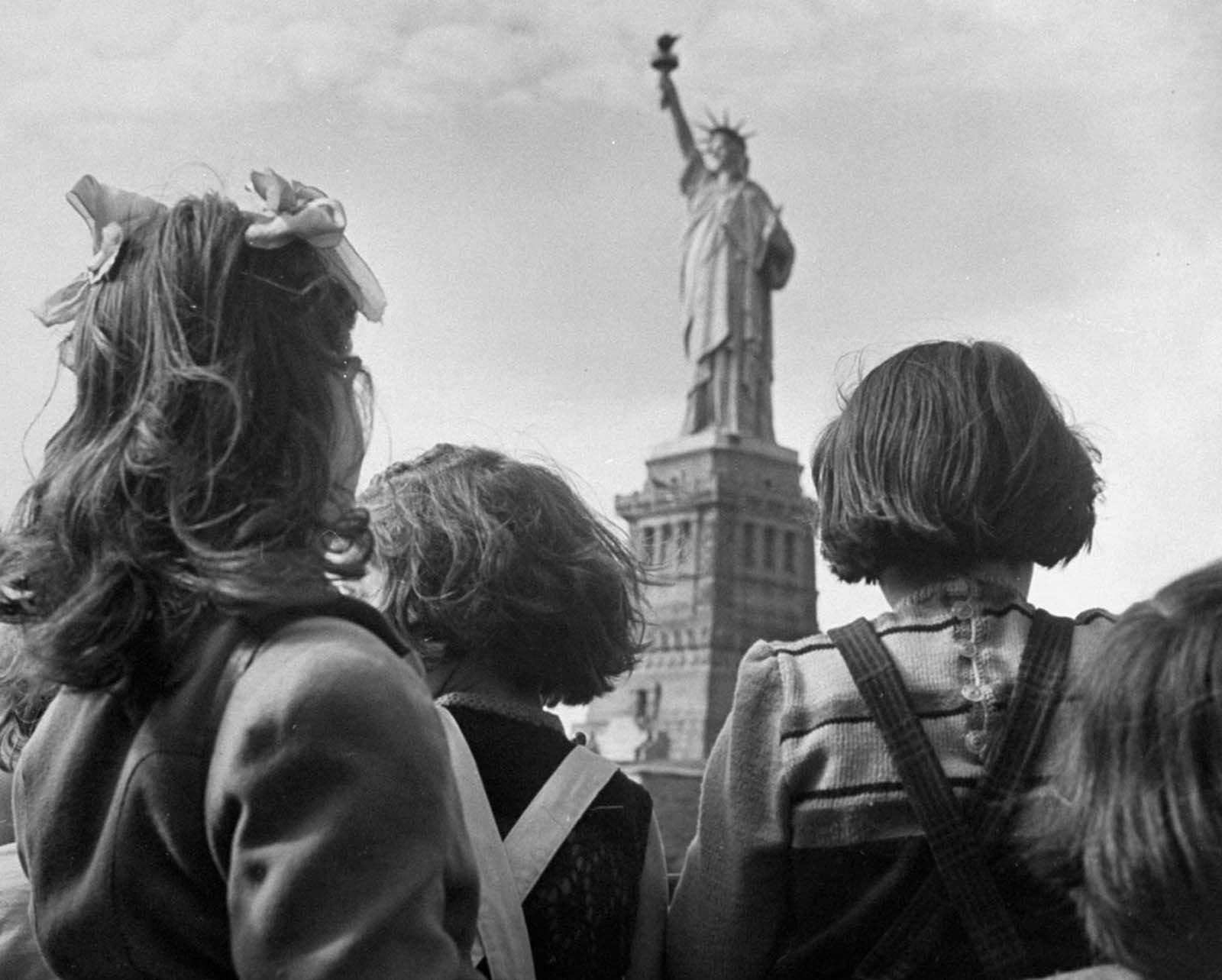
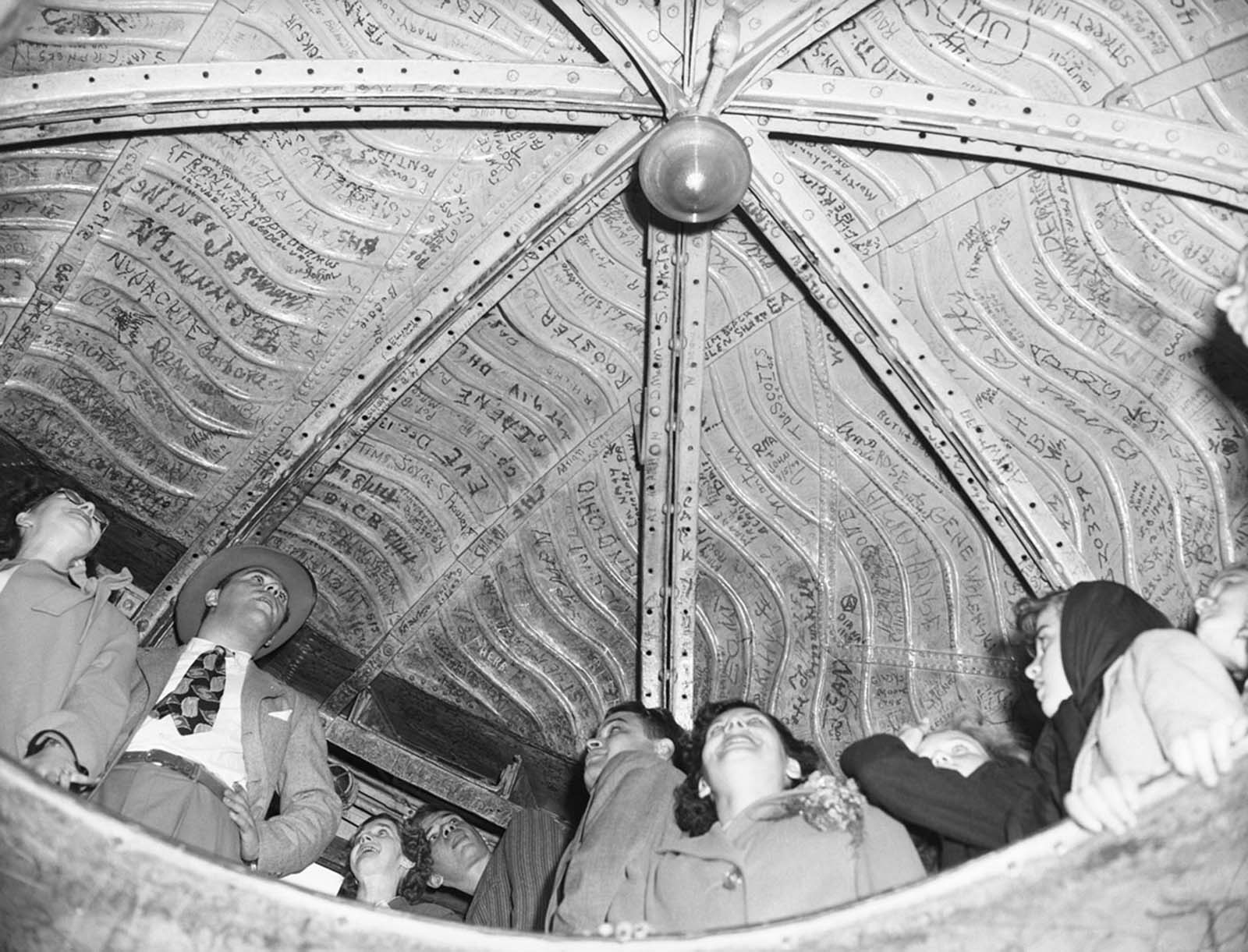
Video
Check out this video to see a size comparison of the world’s tallest statues and learn about the upcoming giants set to rise!
Conclusion: The Statue of Liberty’s Enduring Legacy
The Statue of Liberty’s journey from its inception to its current status as one of the world’s most iconic landmarks is a testament to the power of symbolism, international cooperation, and the ideals of liberty. Through rare photographs, we can trace the development of this monumental work from its early conception in Paris to its grand unveiling in New York Harbor, and its continued role as a beacon of freedom for generations of immigrants.
Standing at the entrance of New York Harbor, the Statue of Liberty remains as relevant today as it was when it was first dedicated. It symbolizes the hope and promise of a better life for those seeking refuge and freedom. Its history, captured in photographs, tells the story of a nation that continues to welcome the tired, the poor, and the oppressed, offering them a place to call home and a future full of opportunity.
